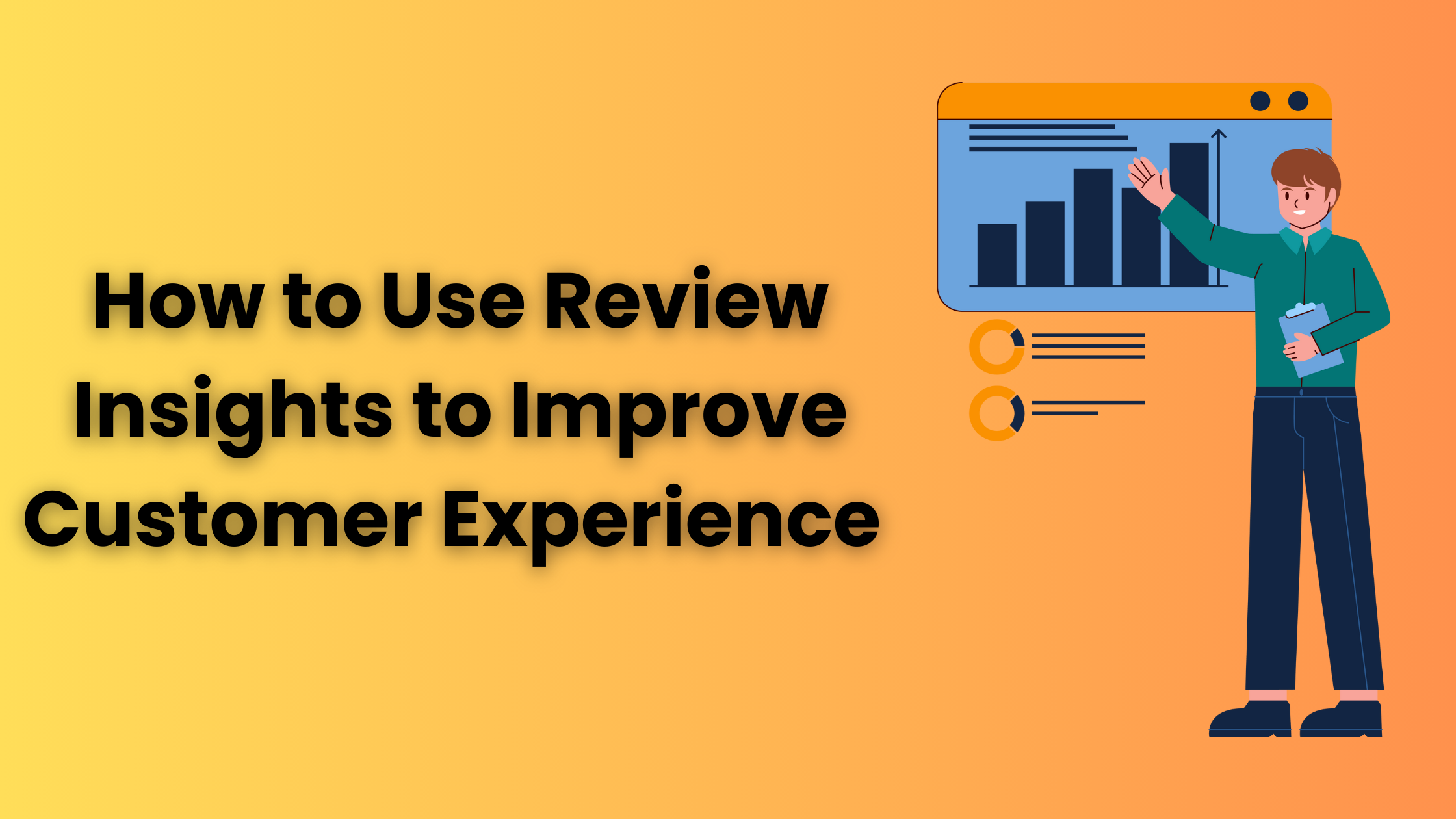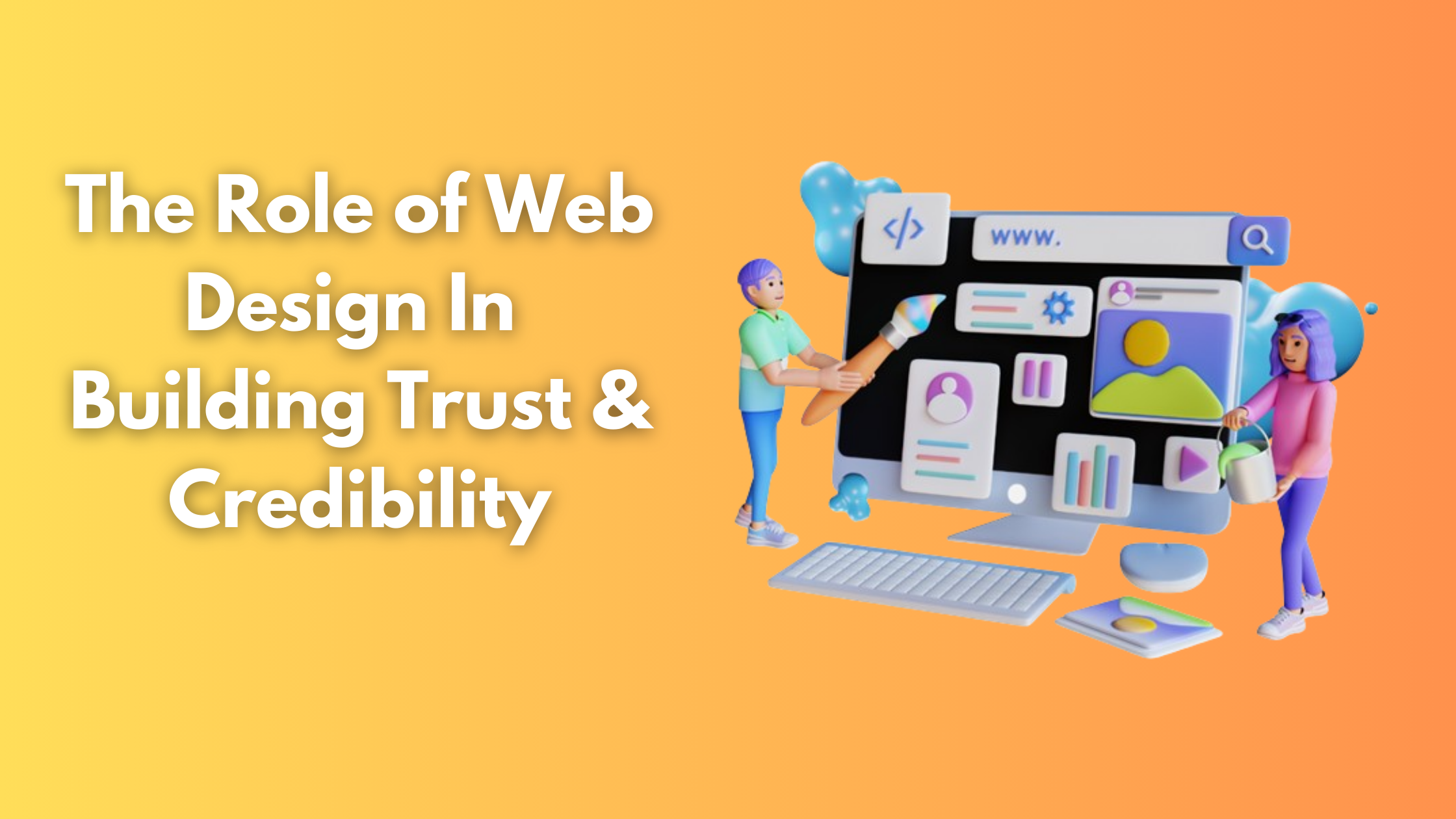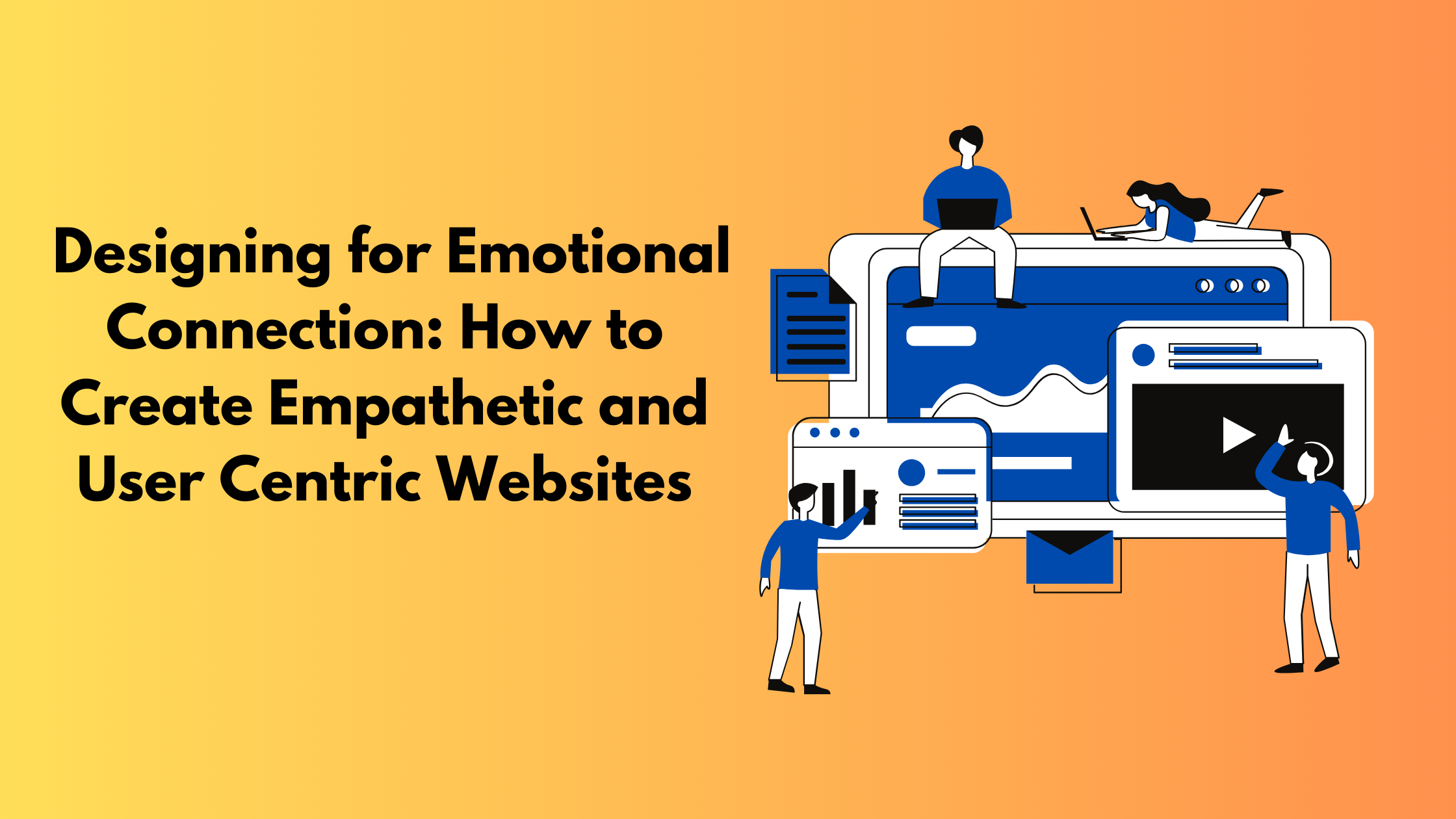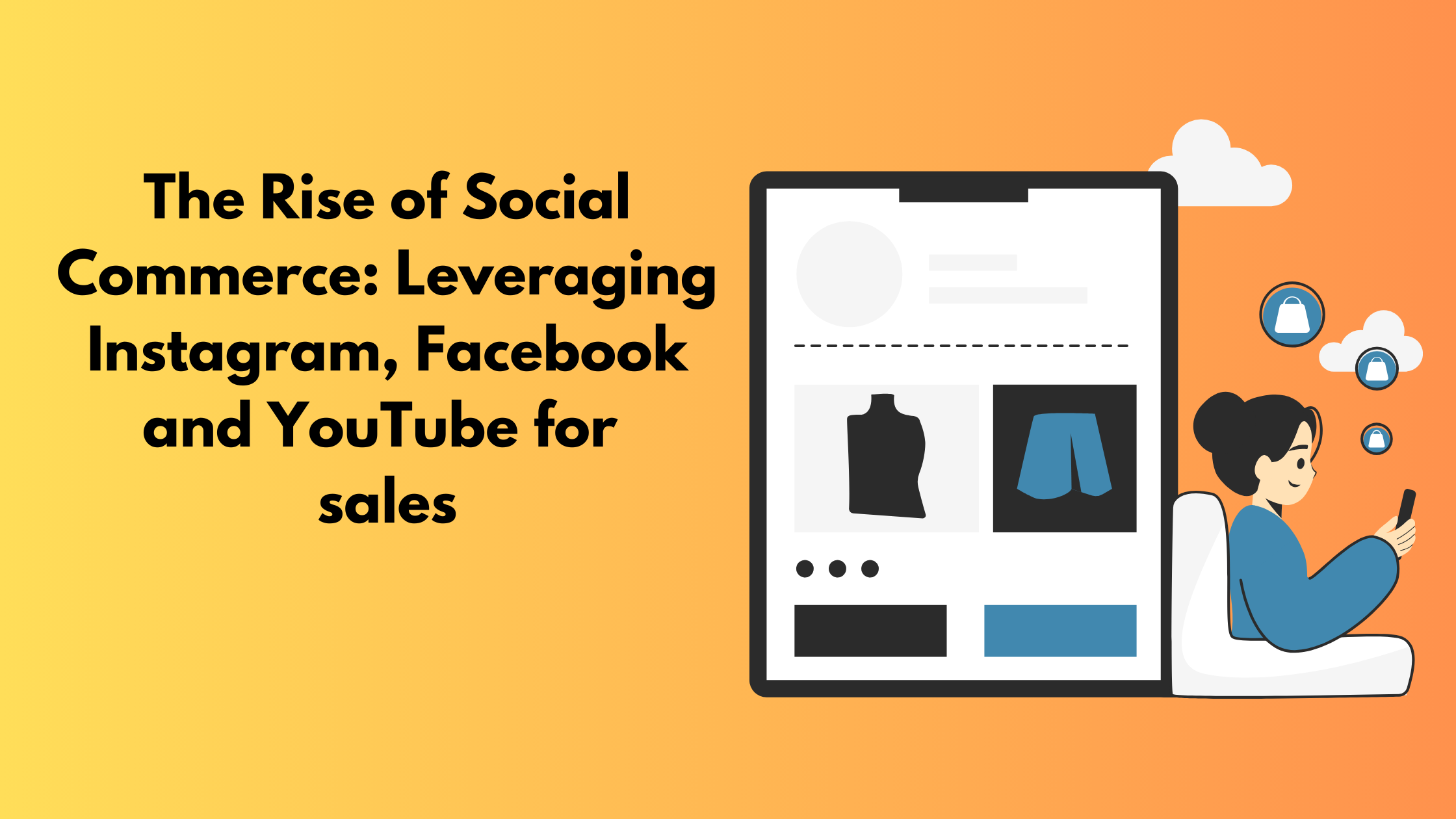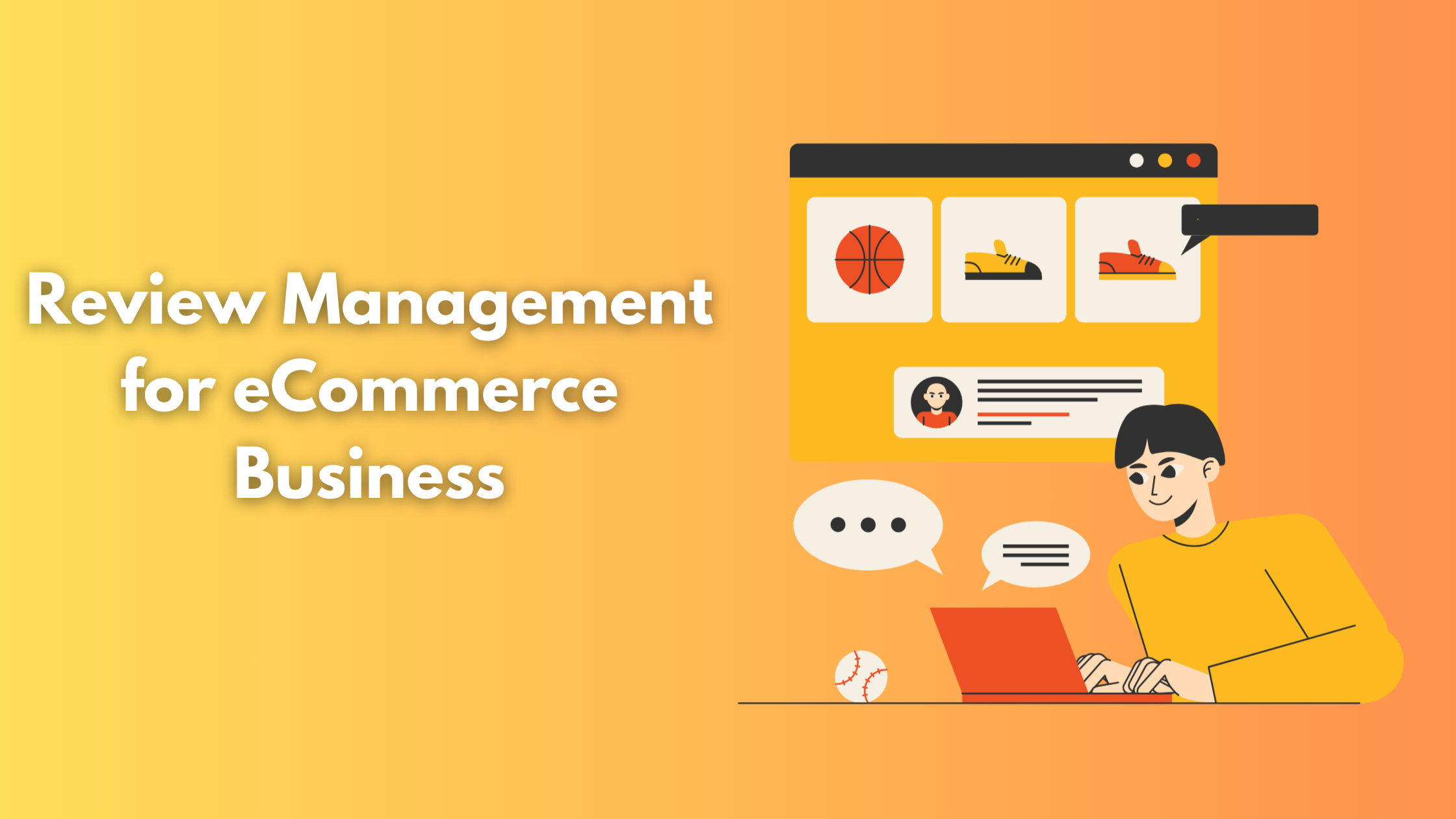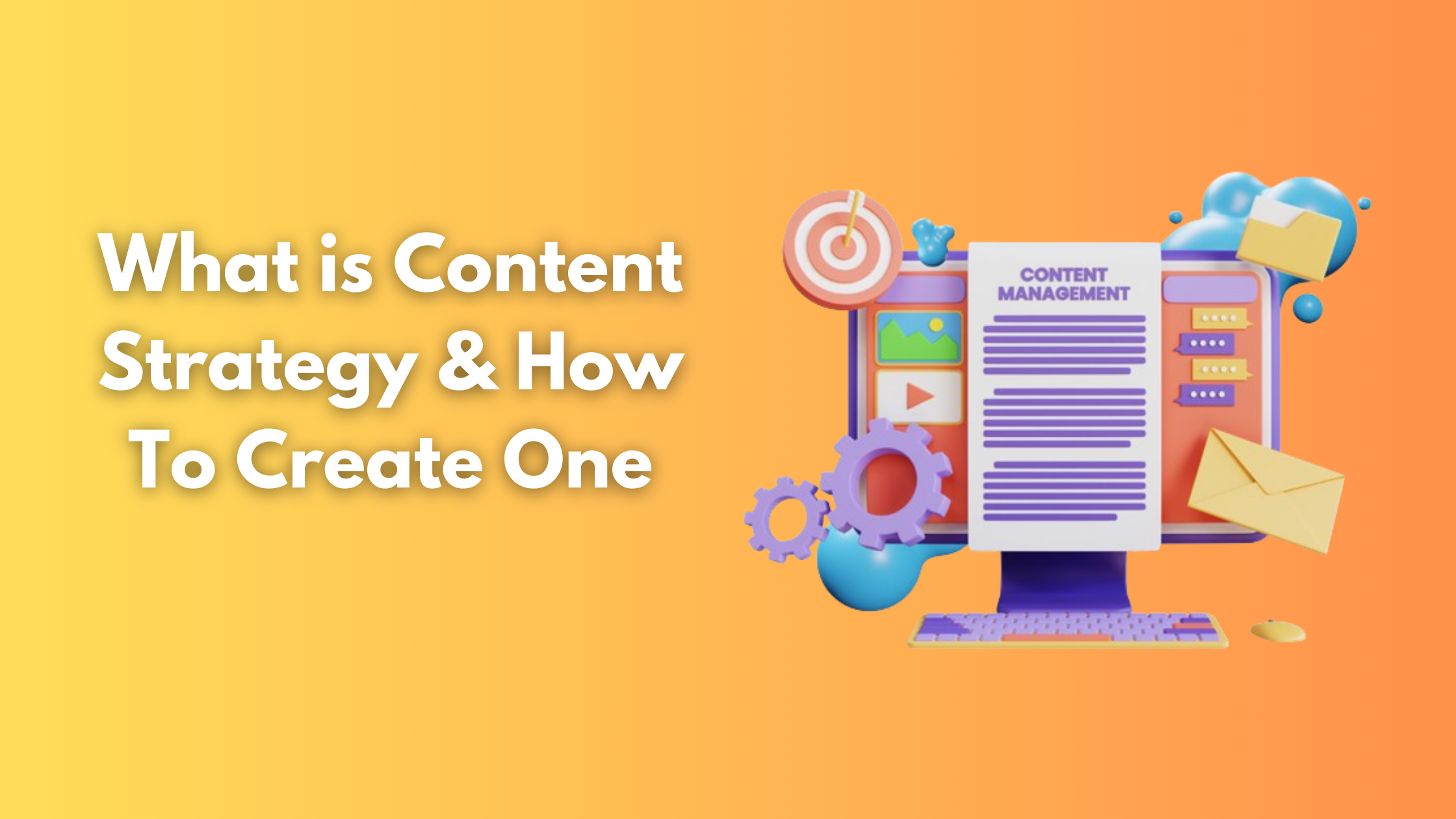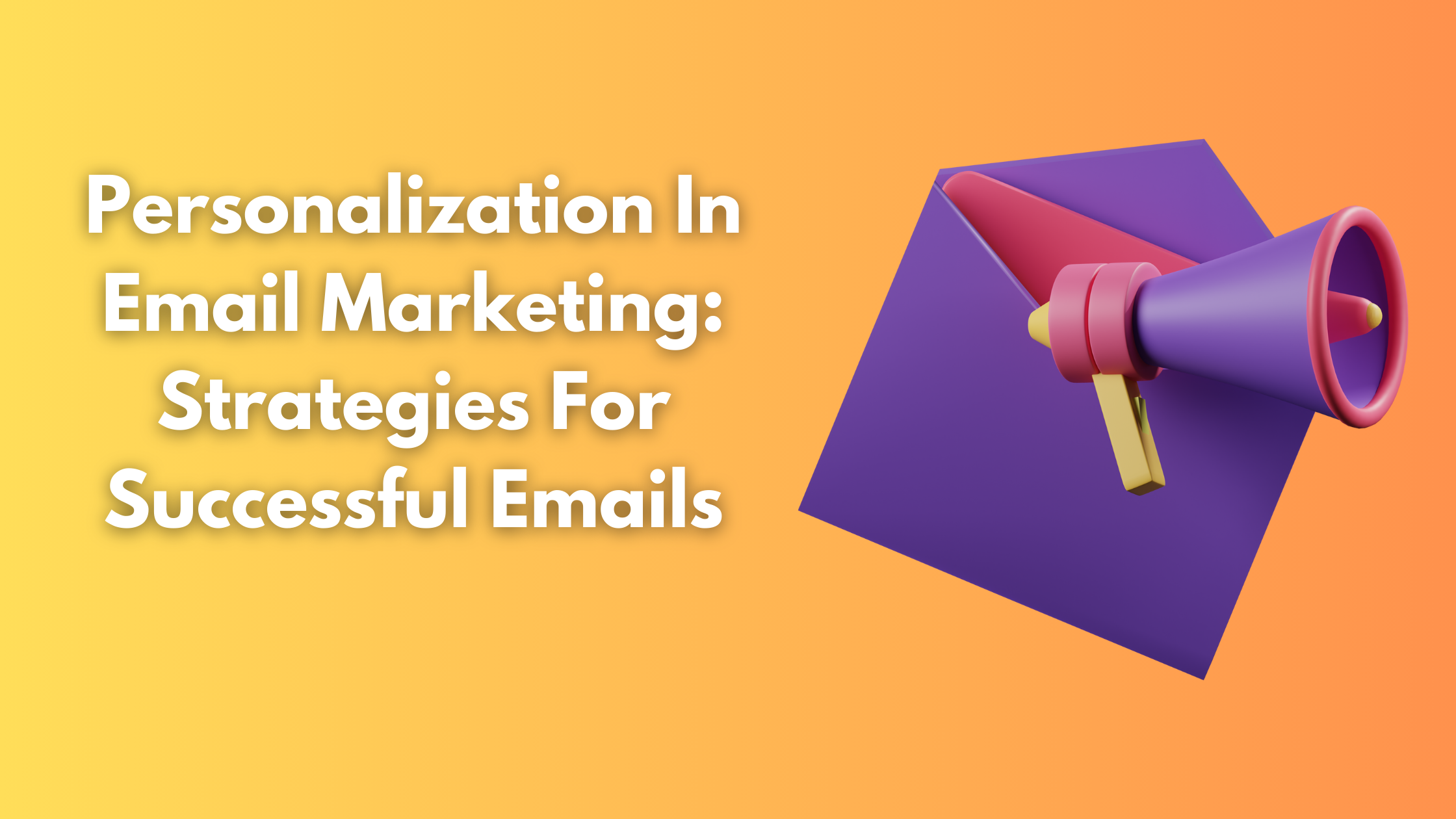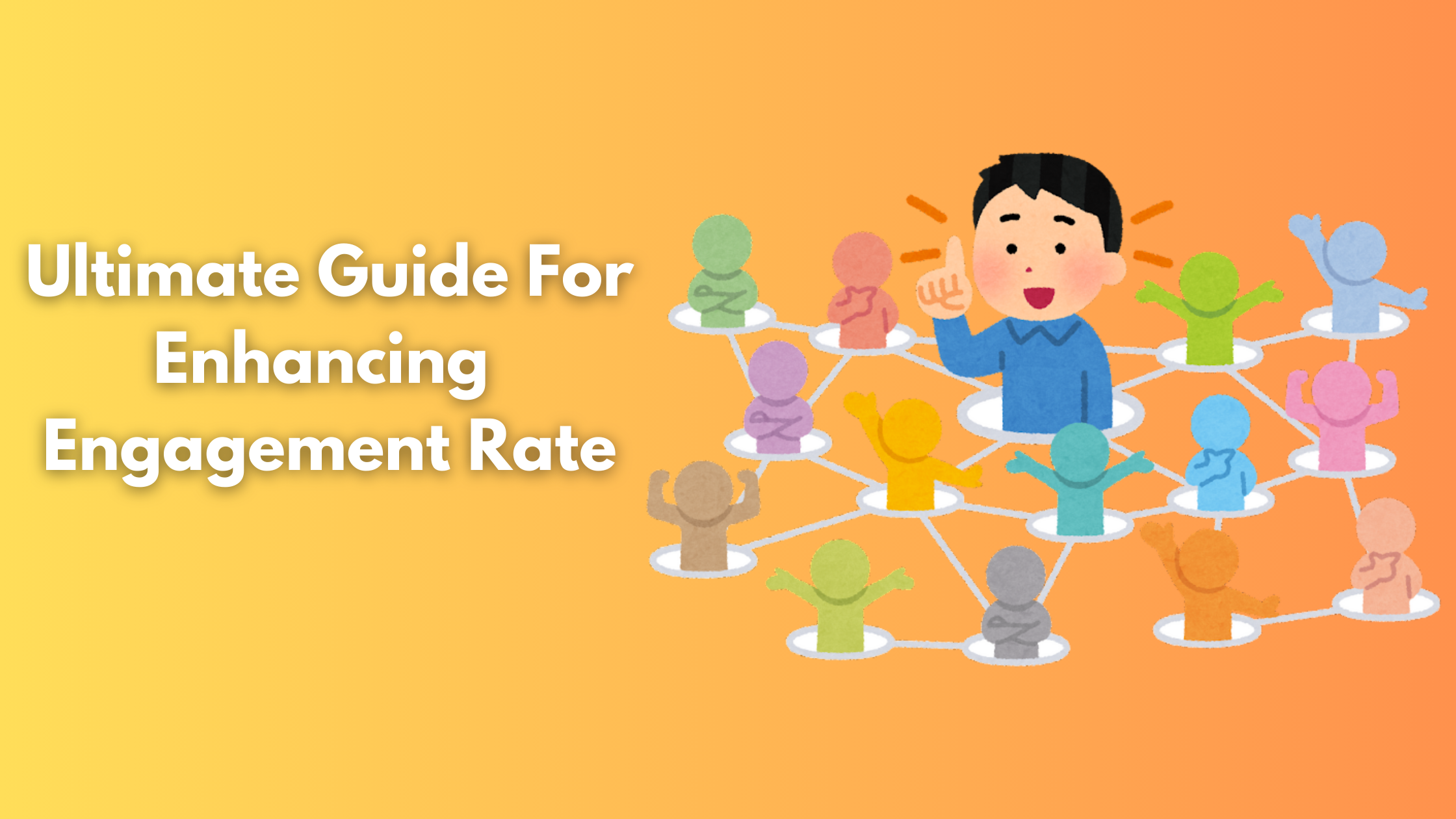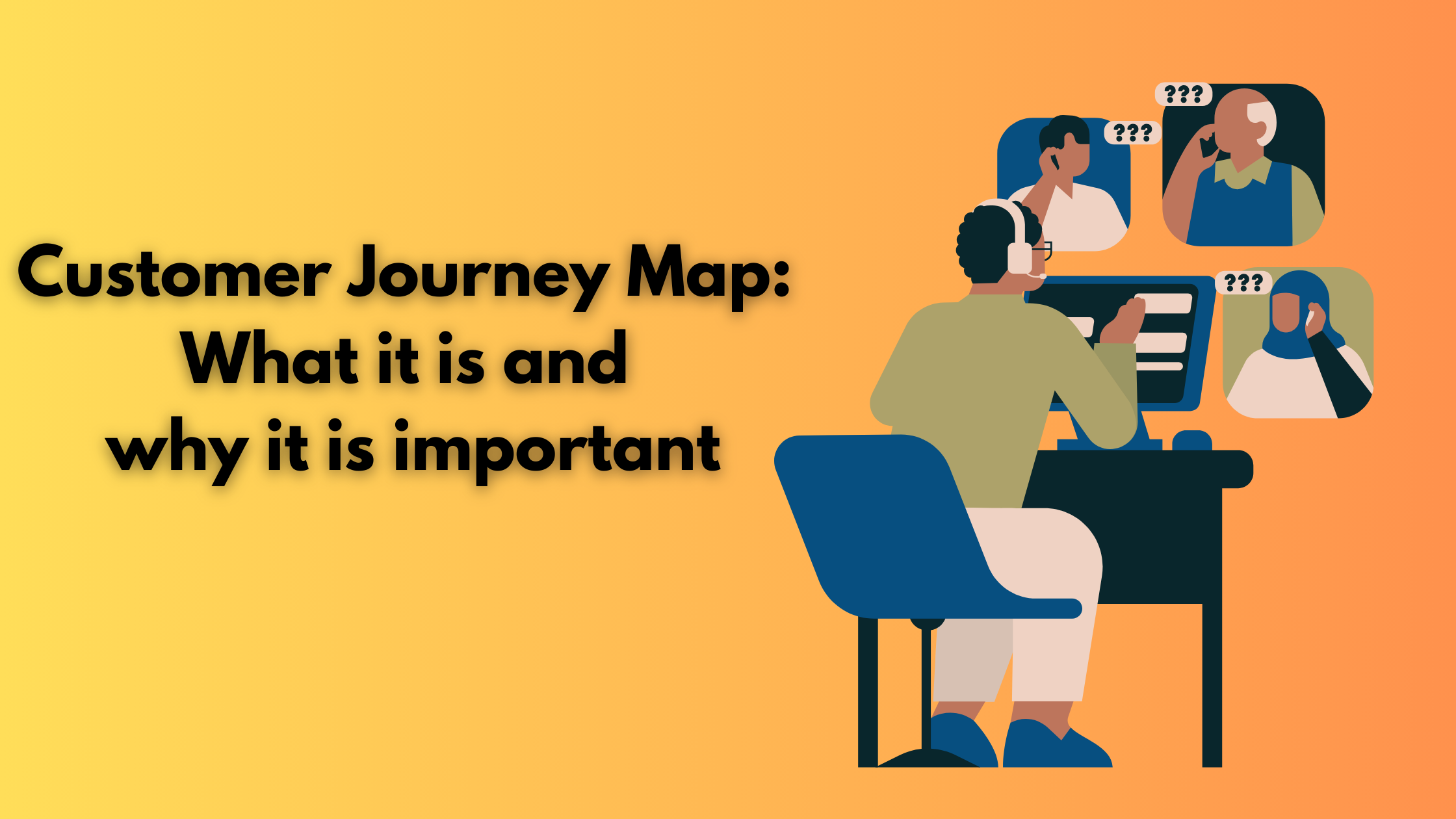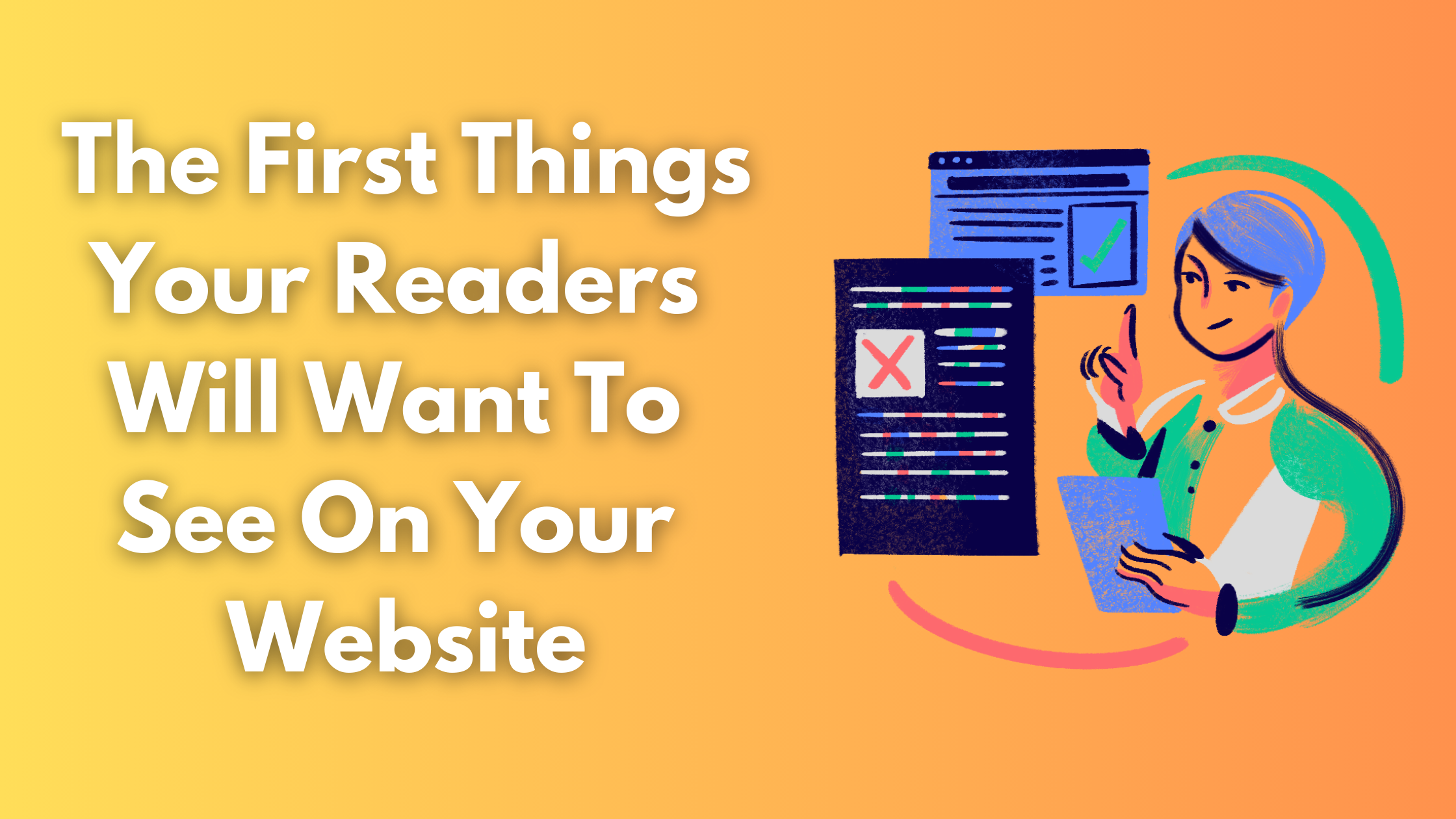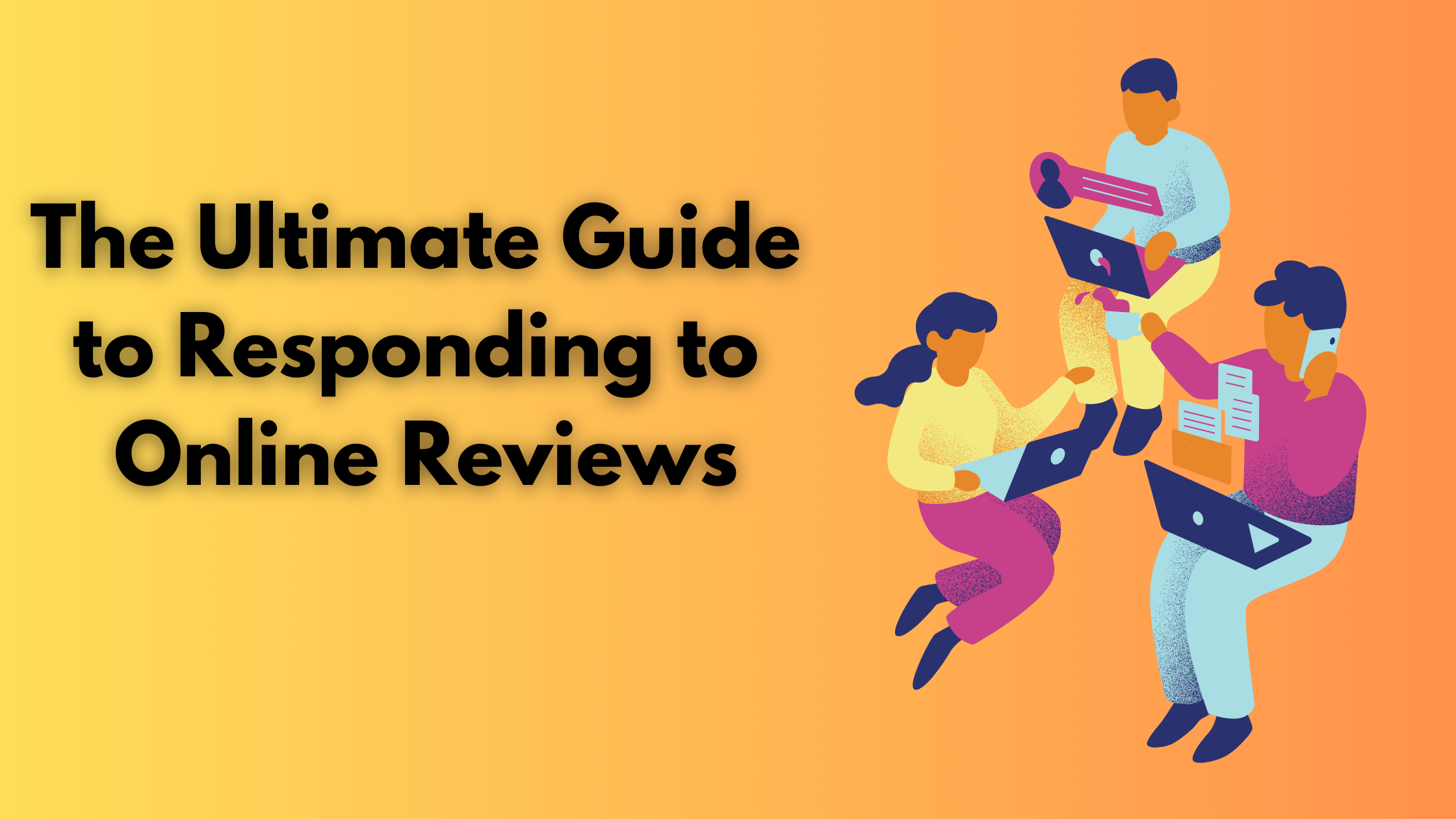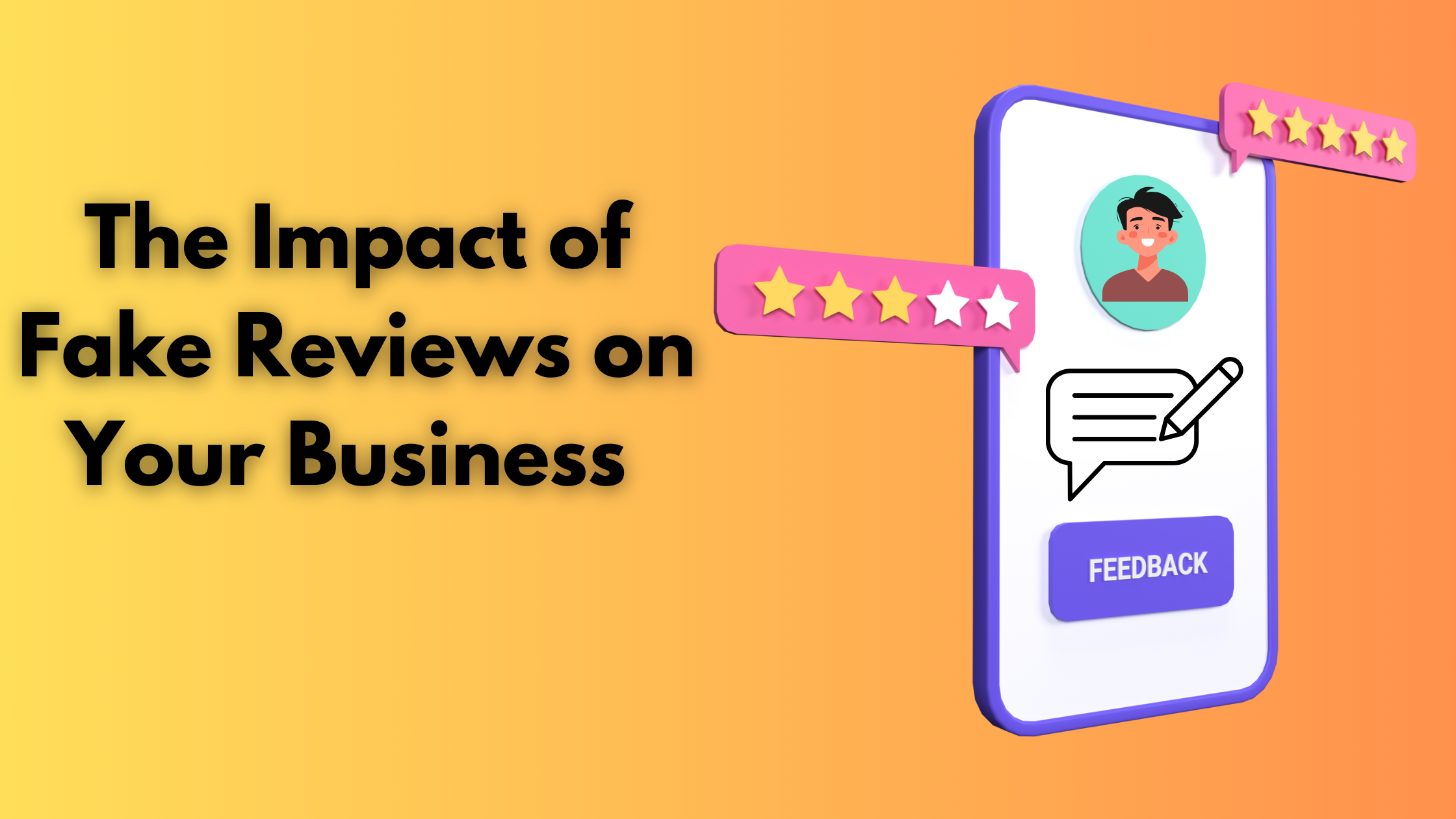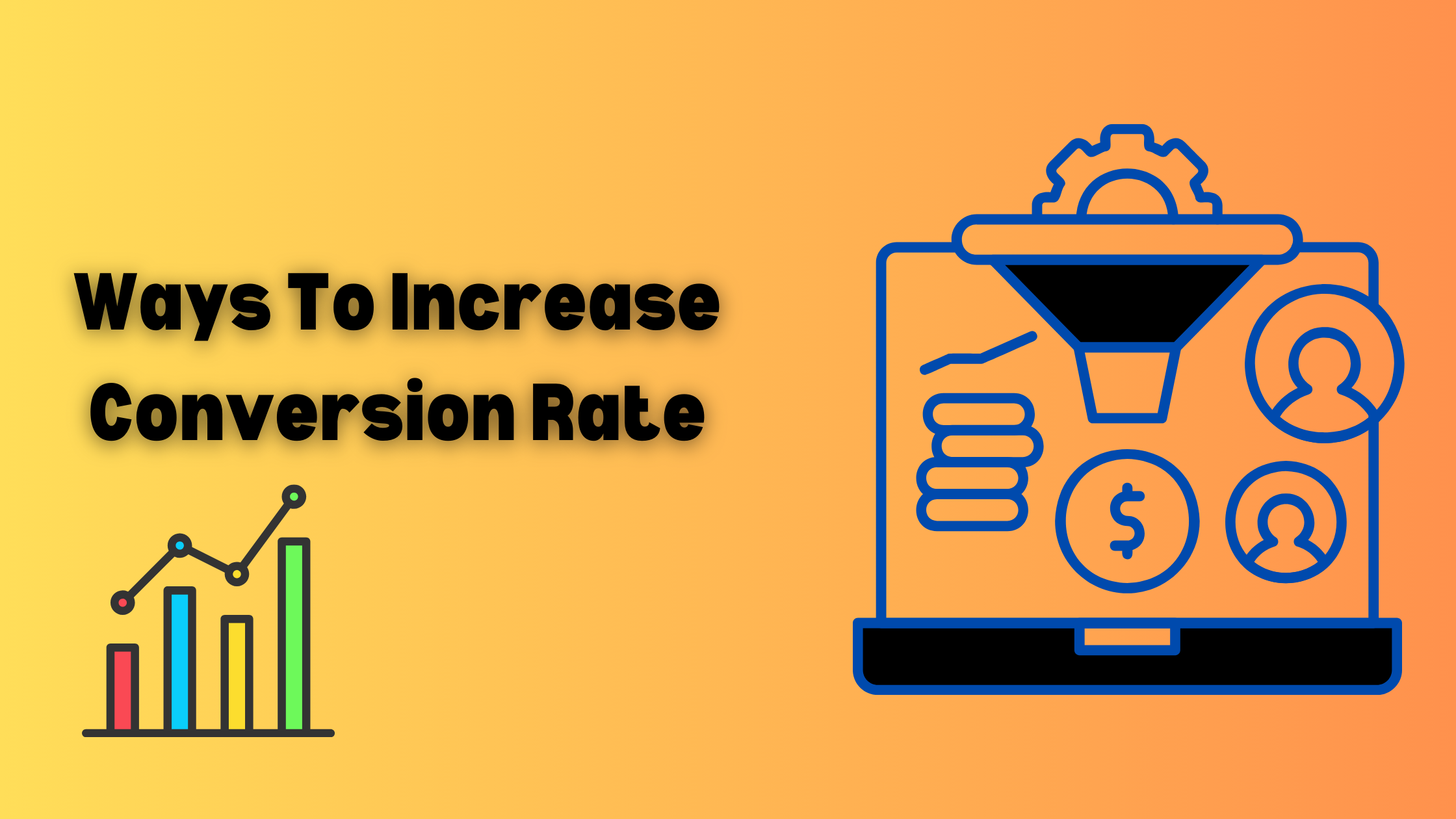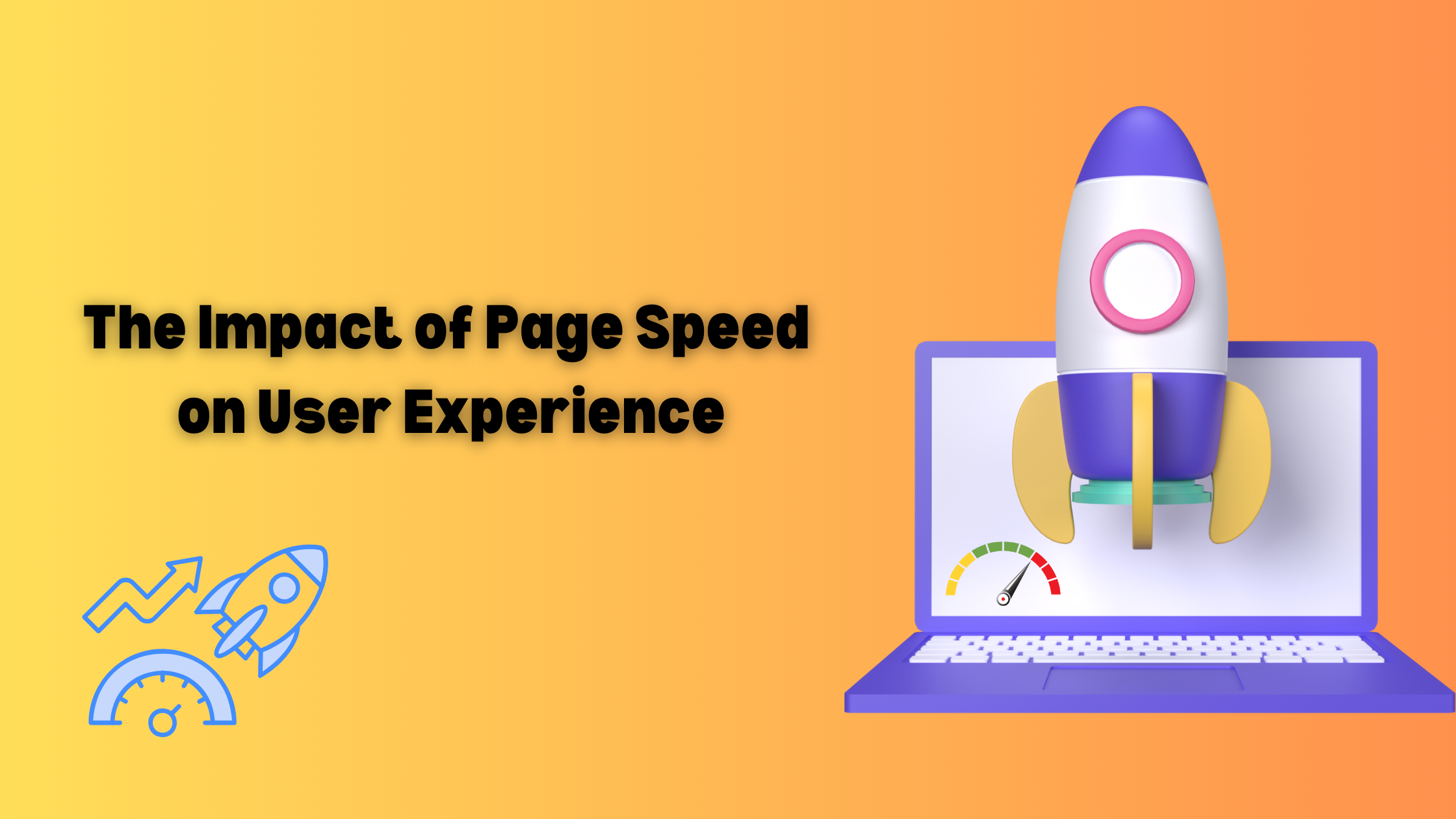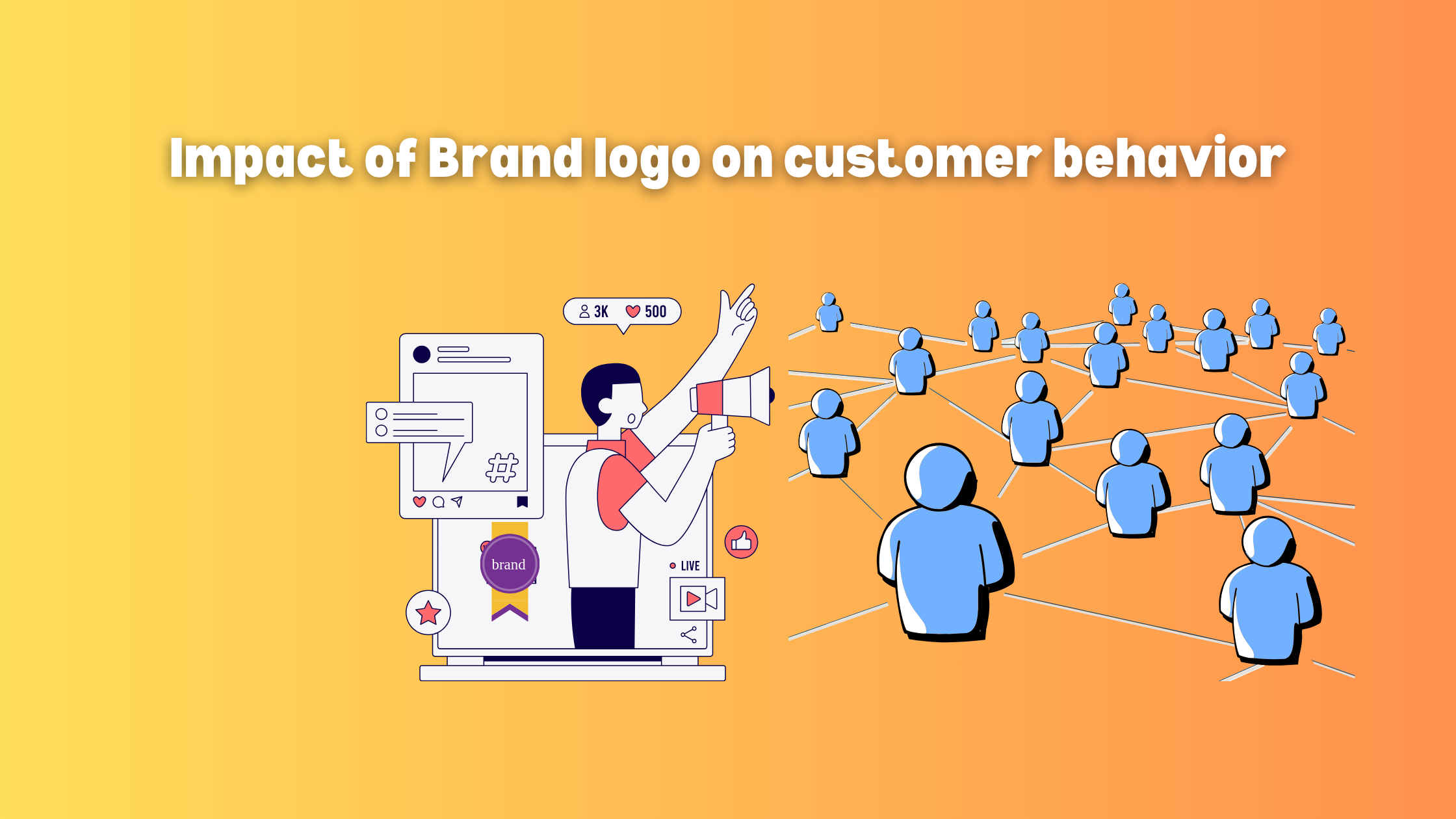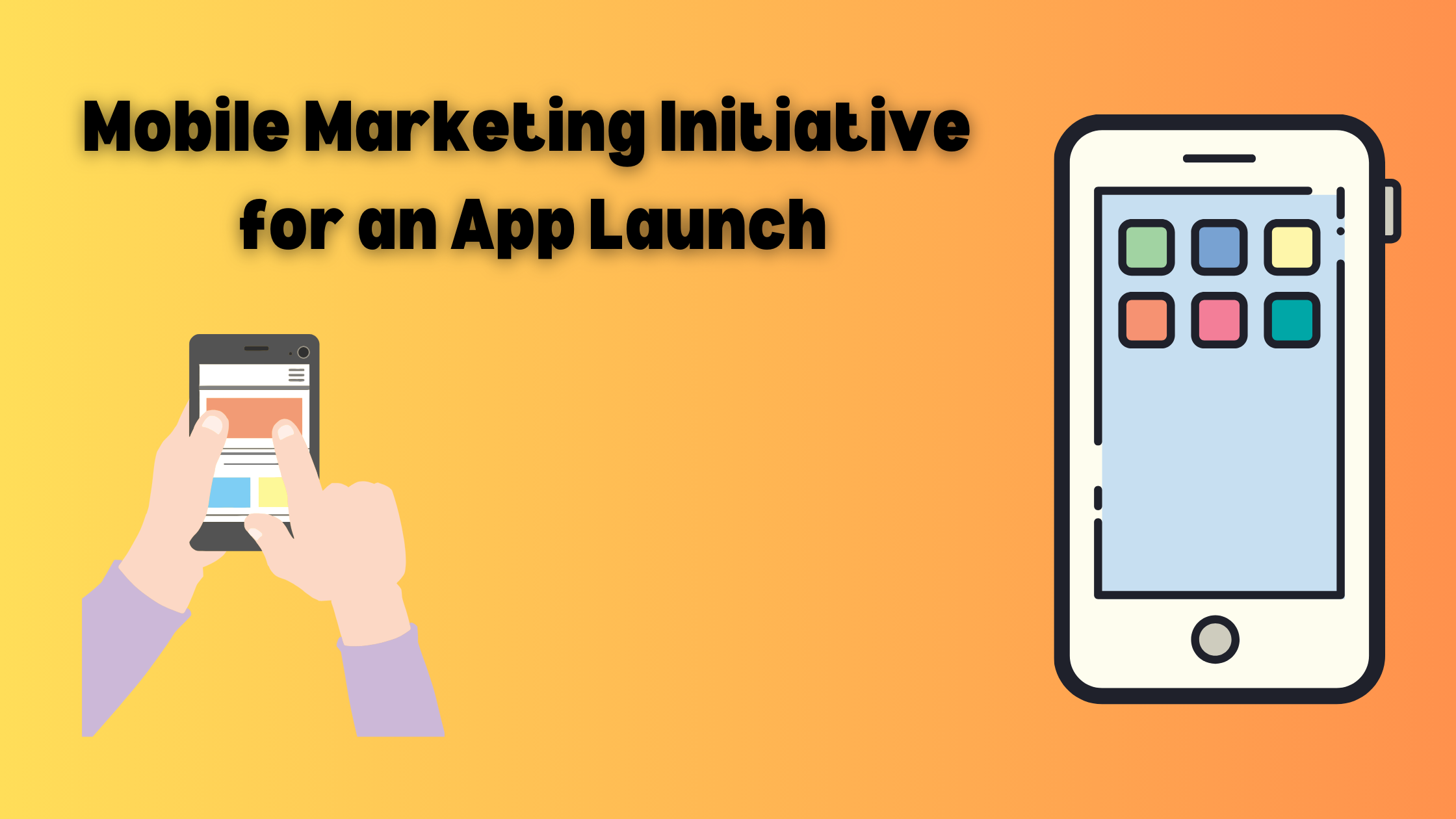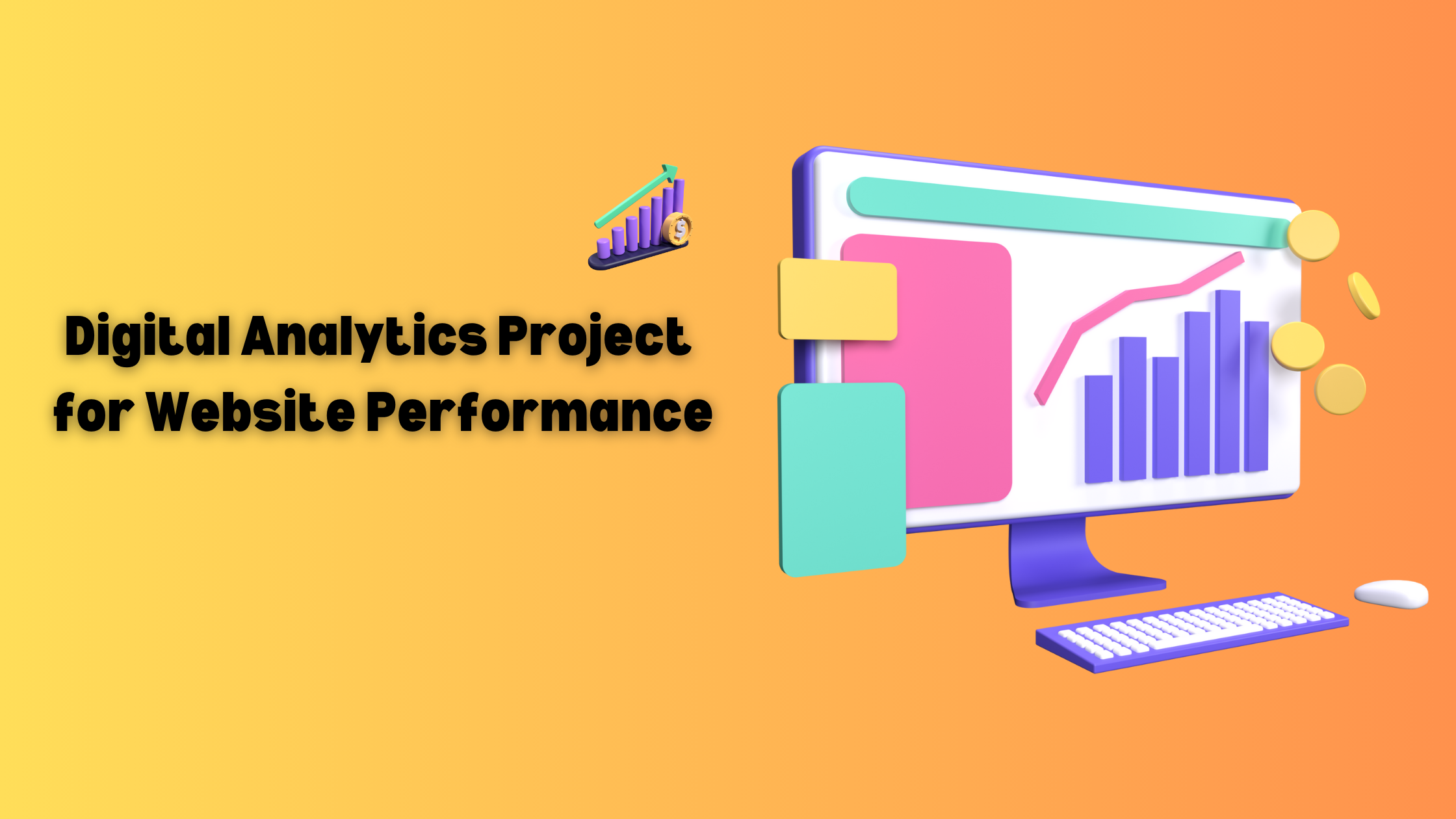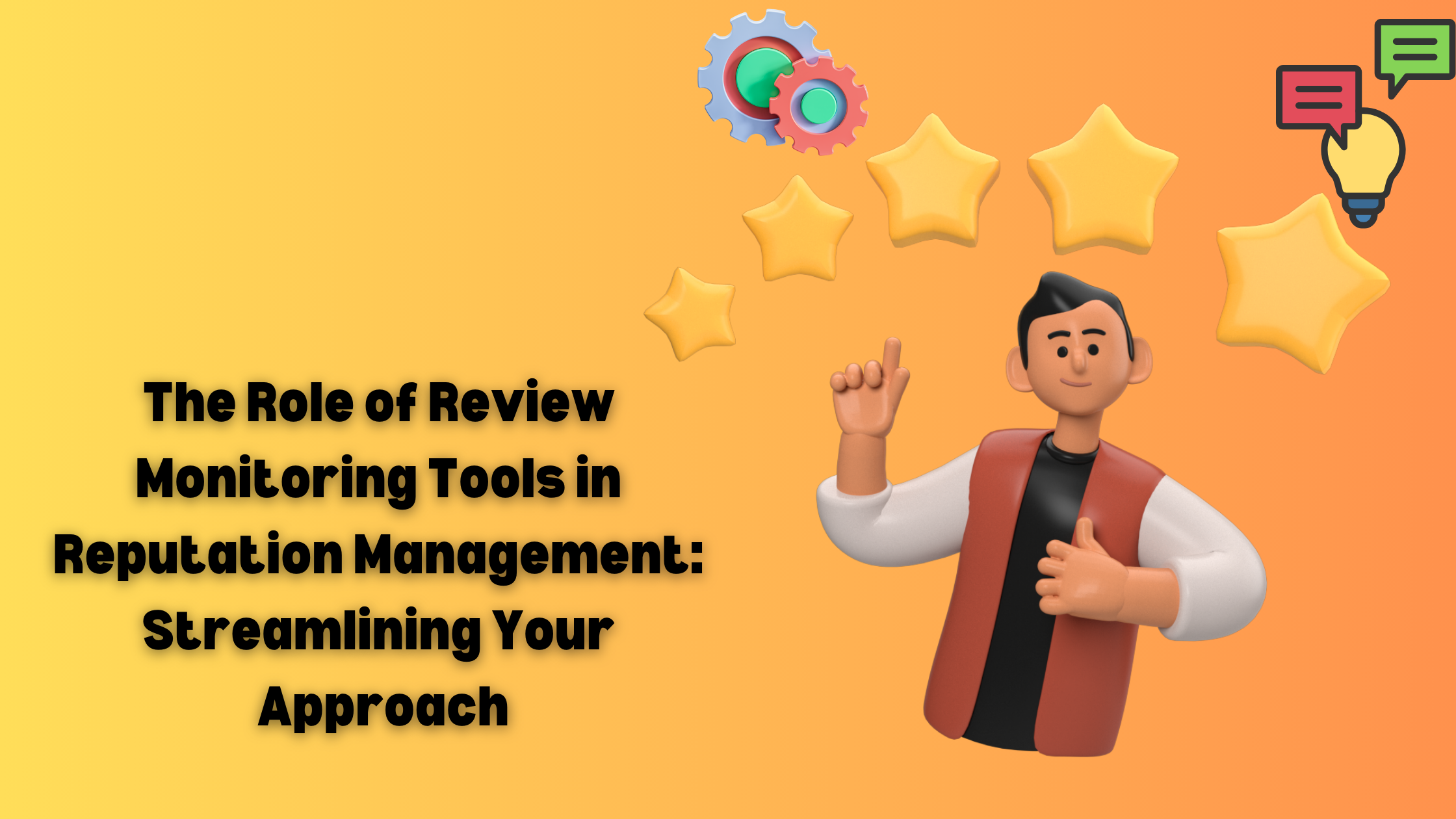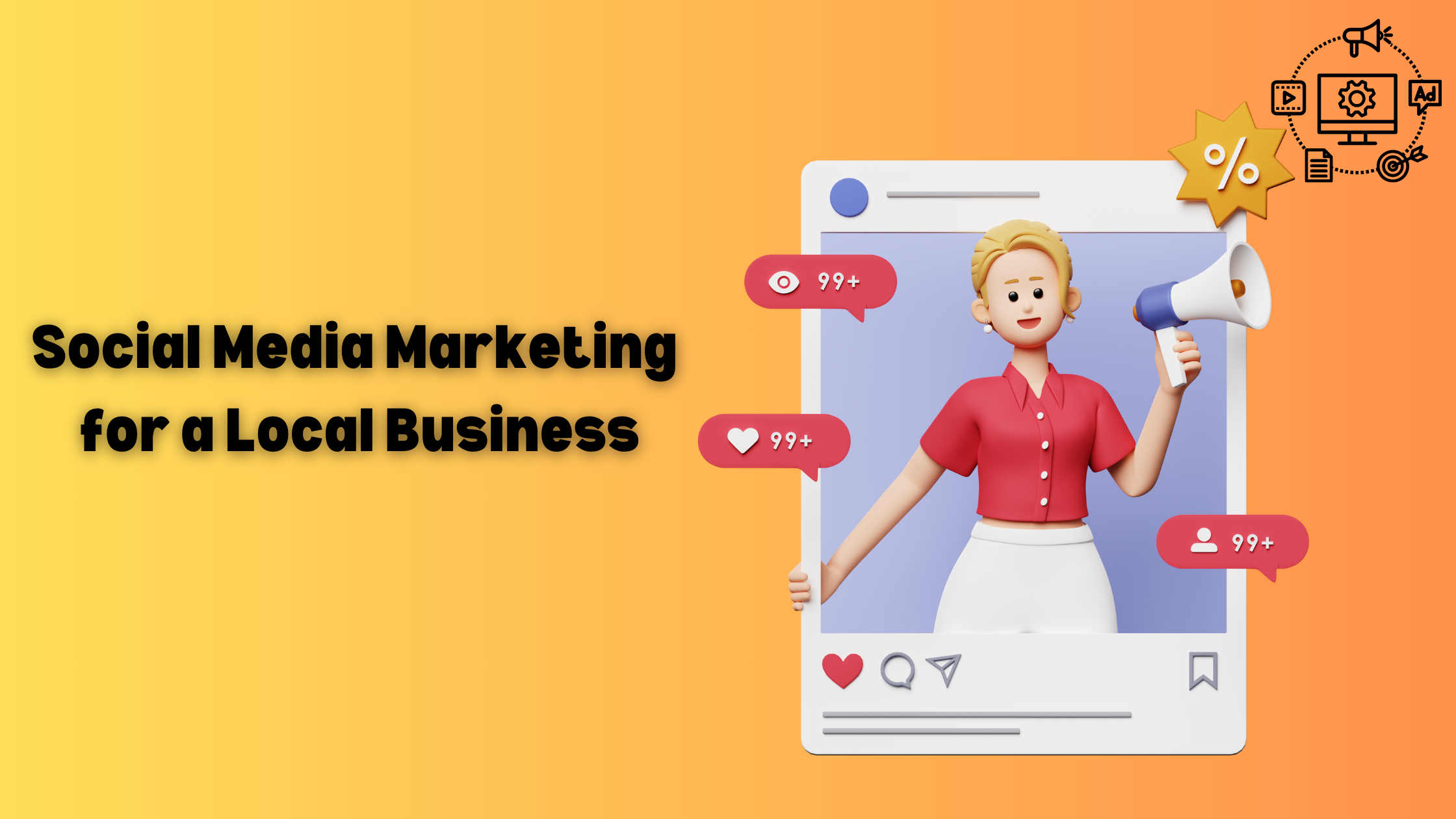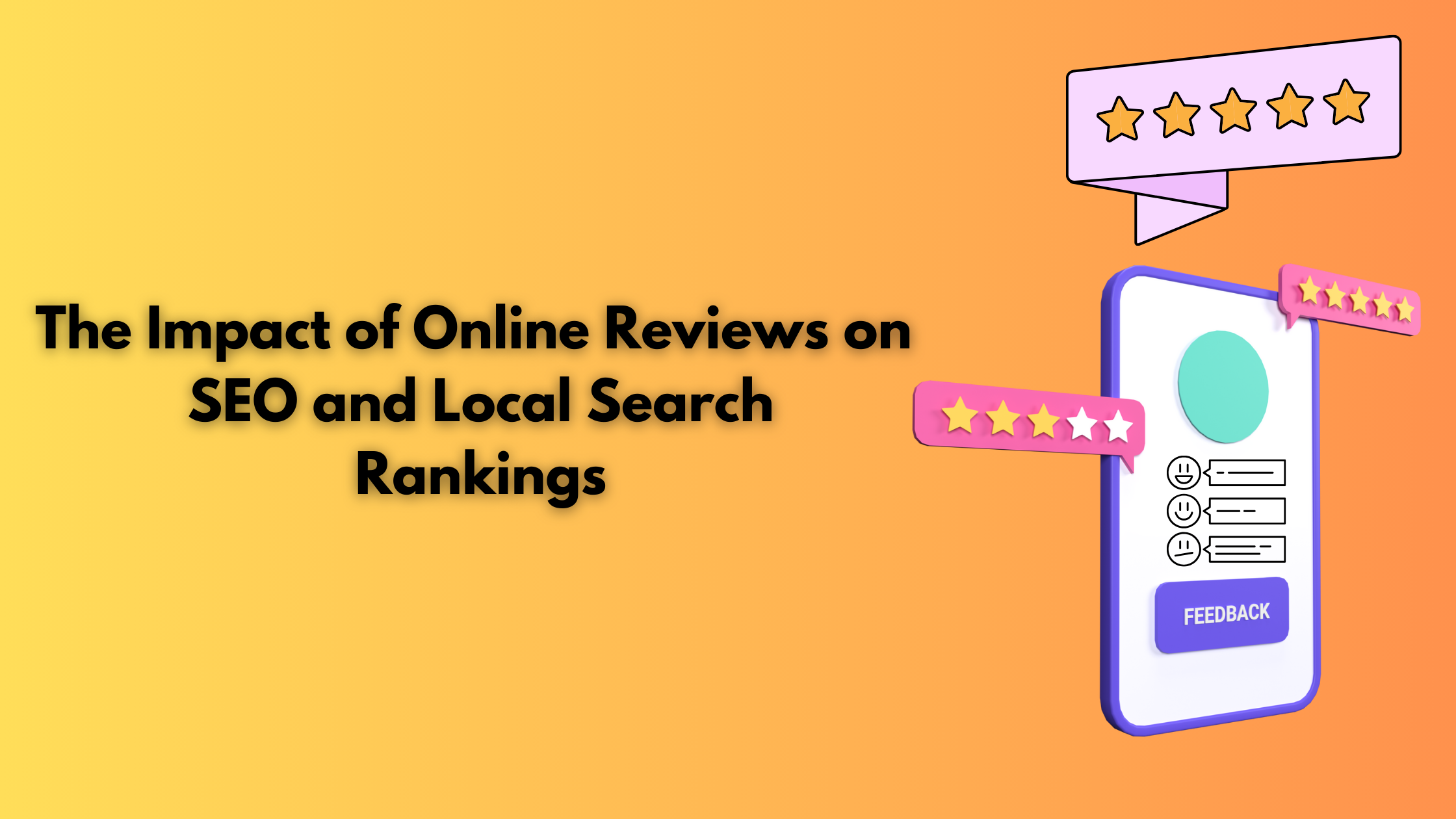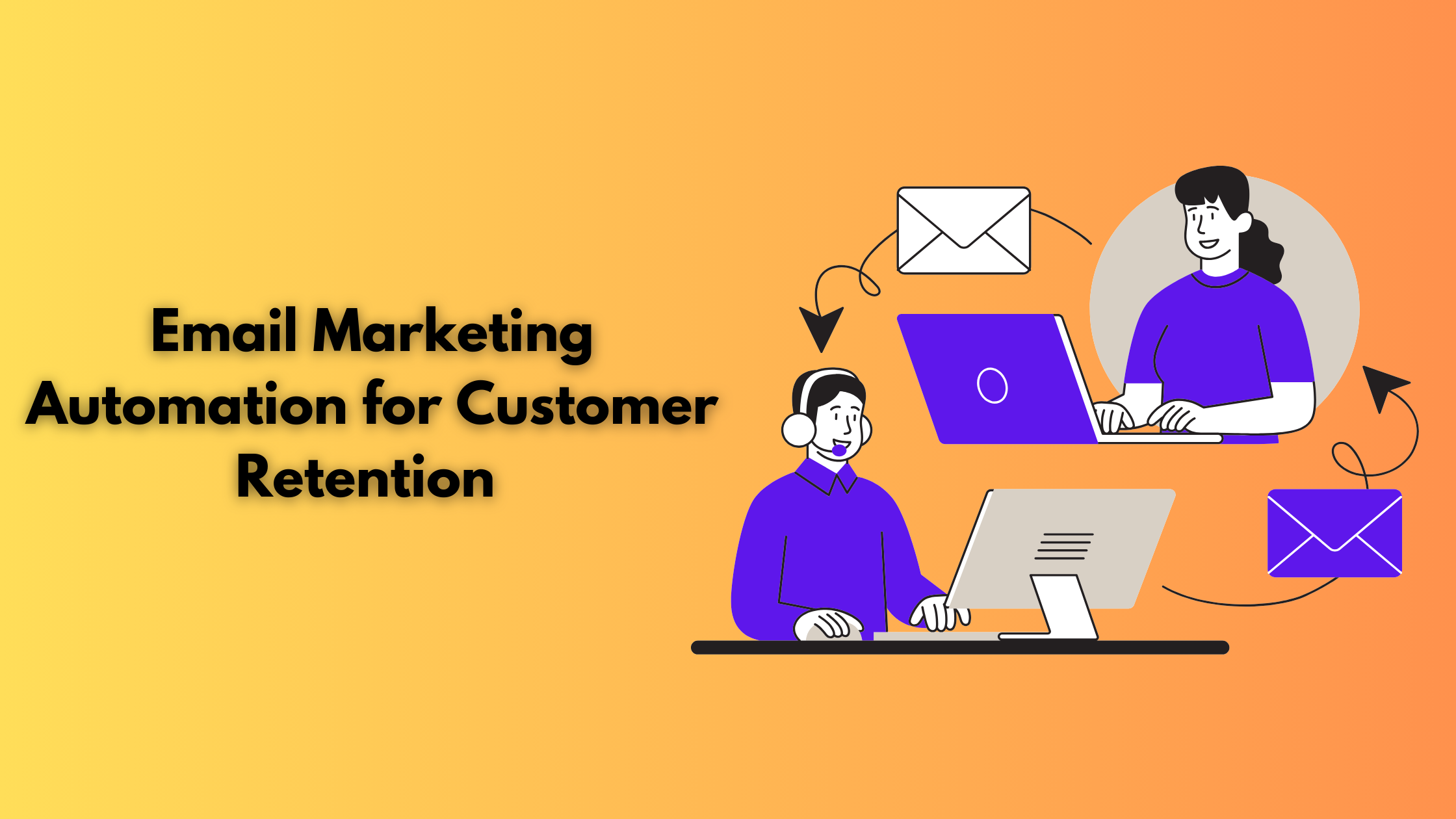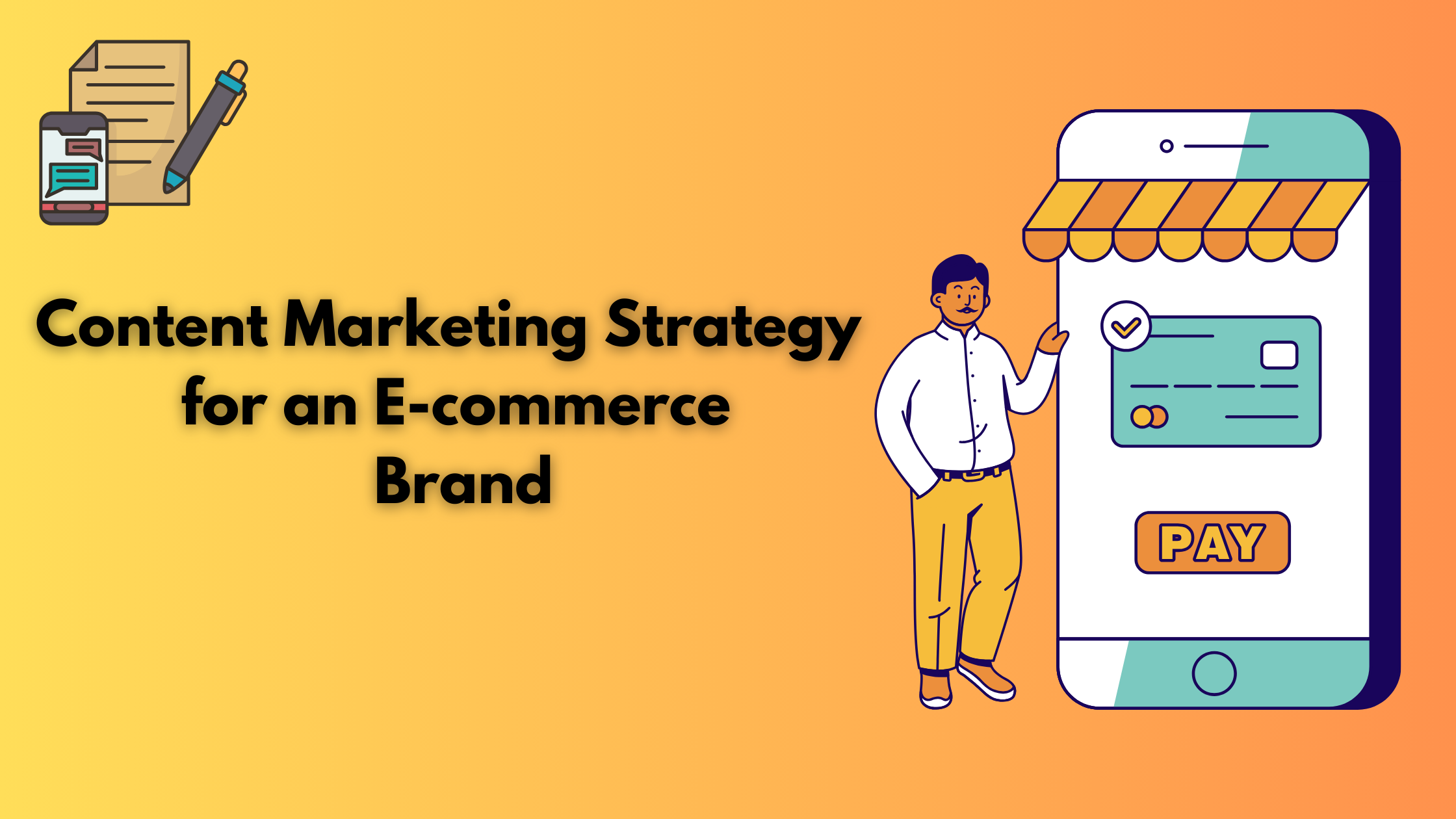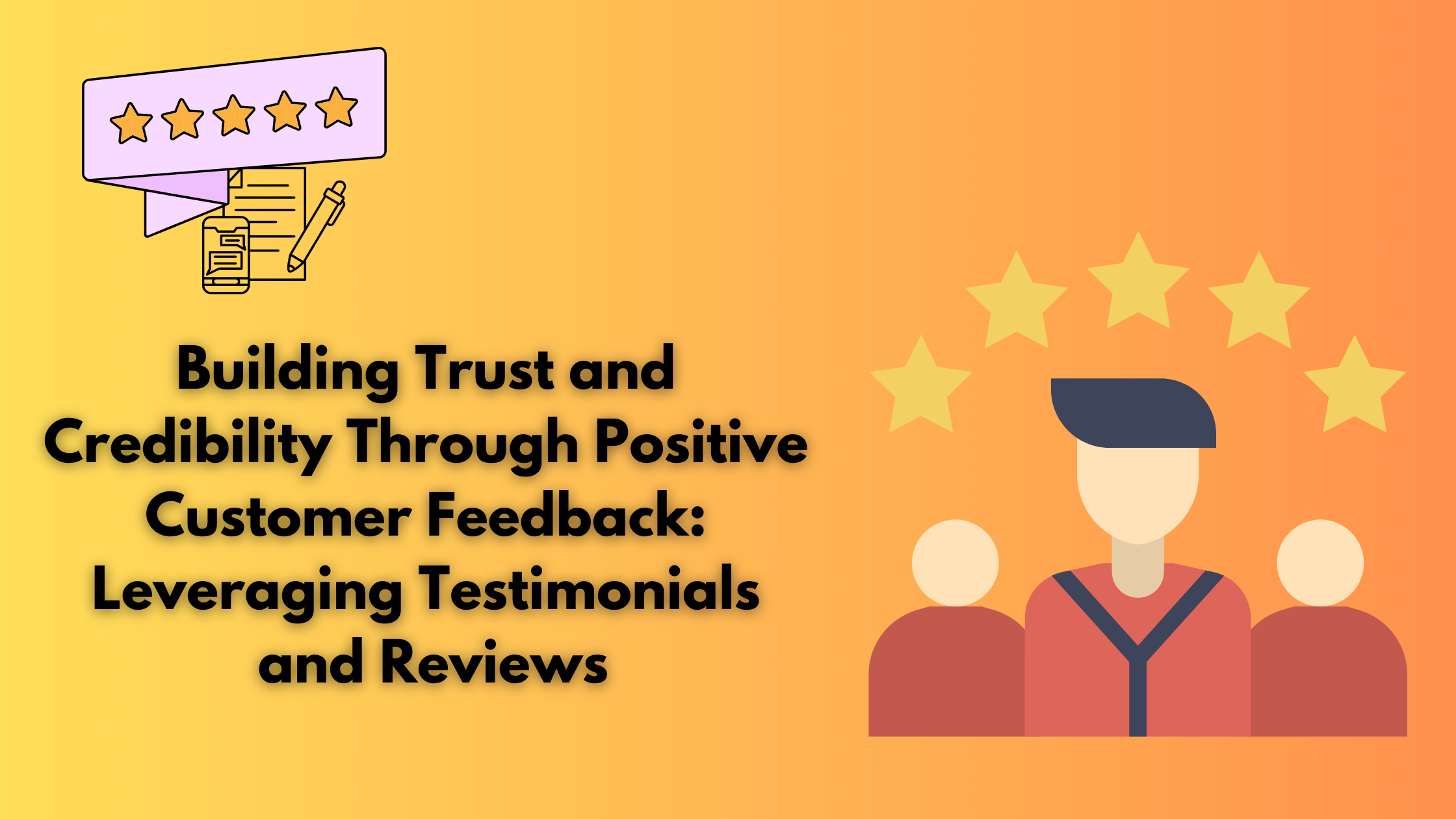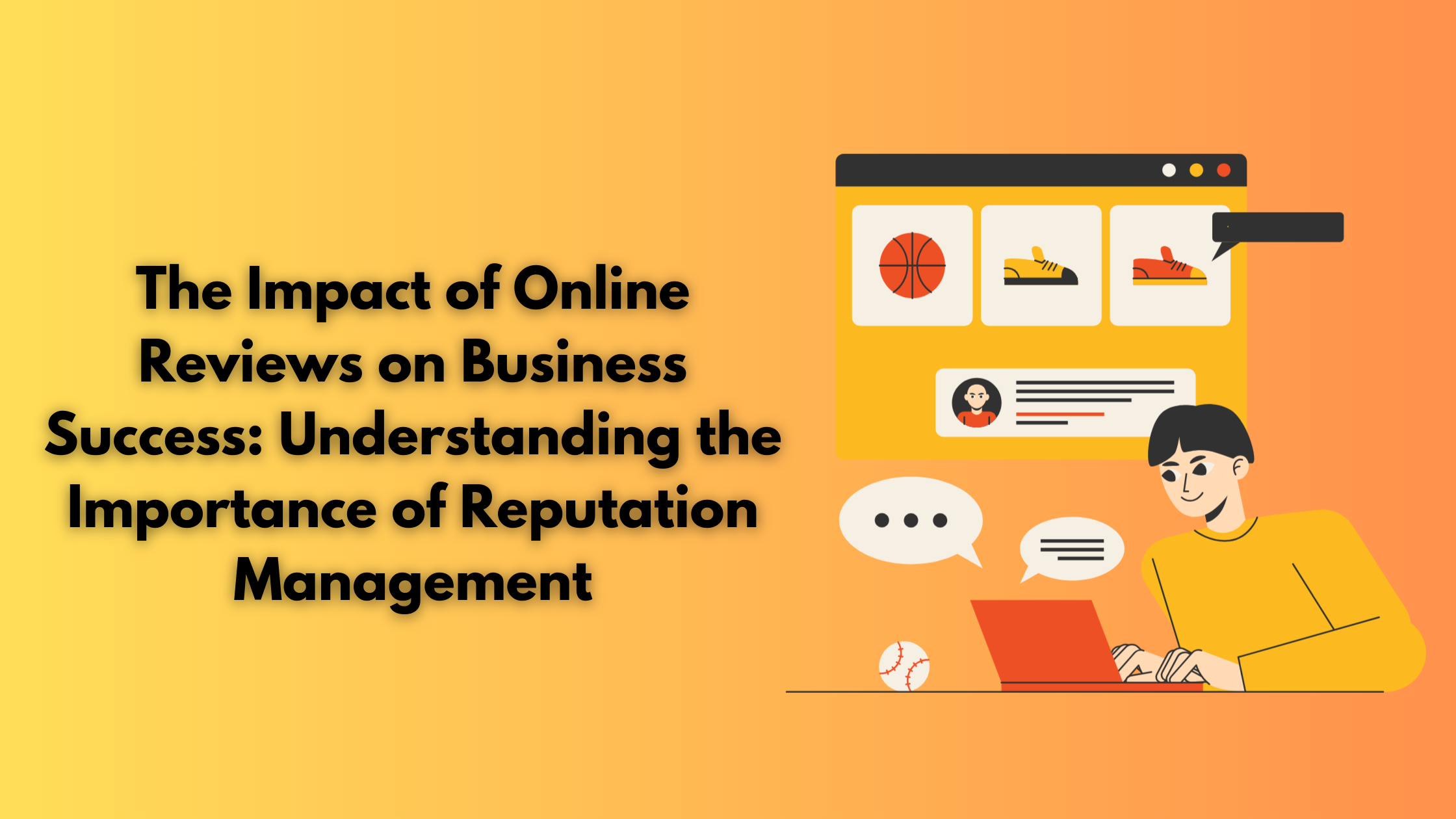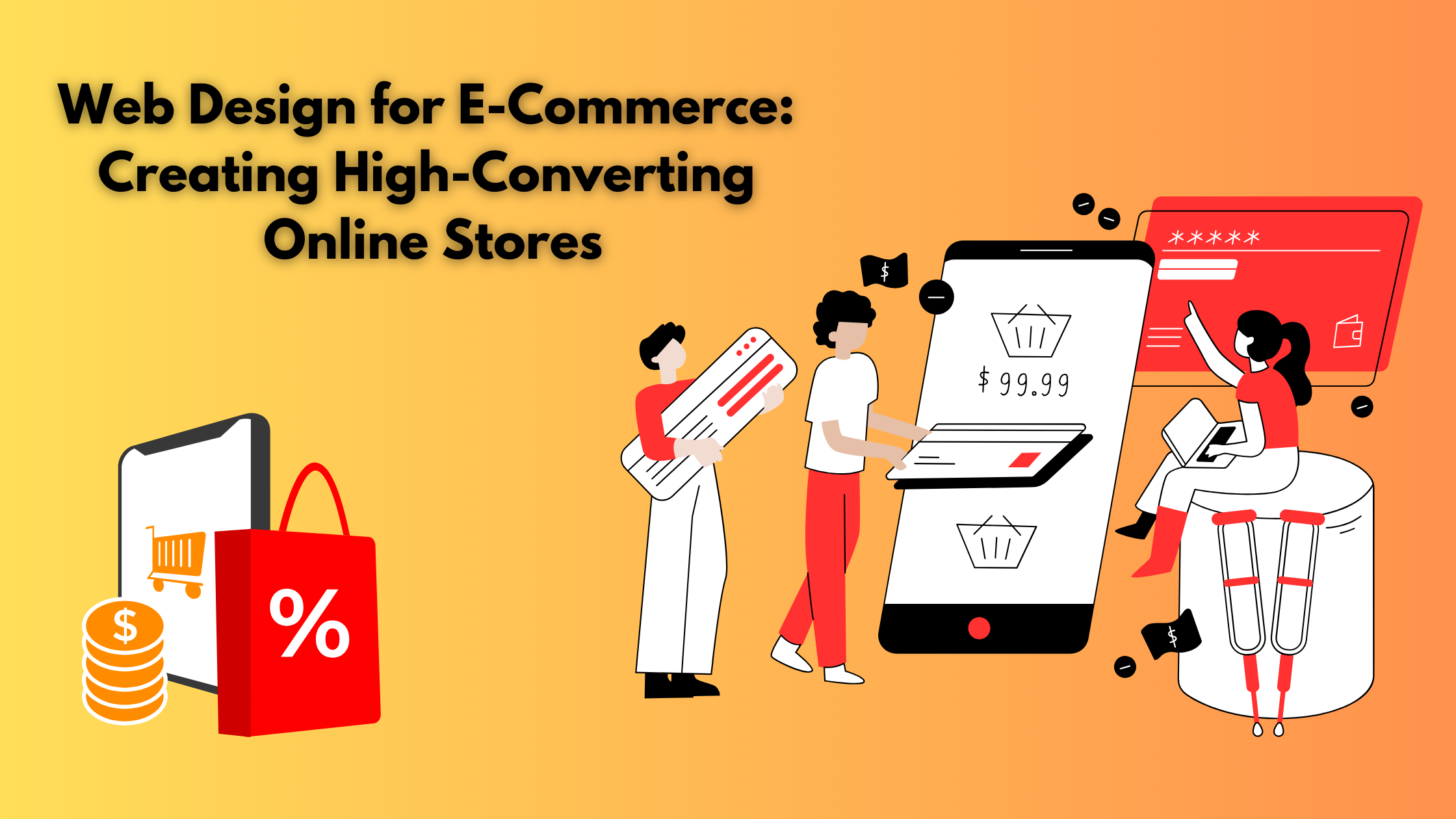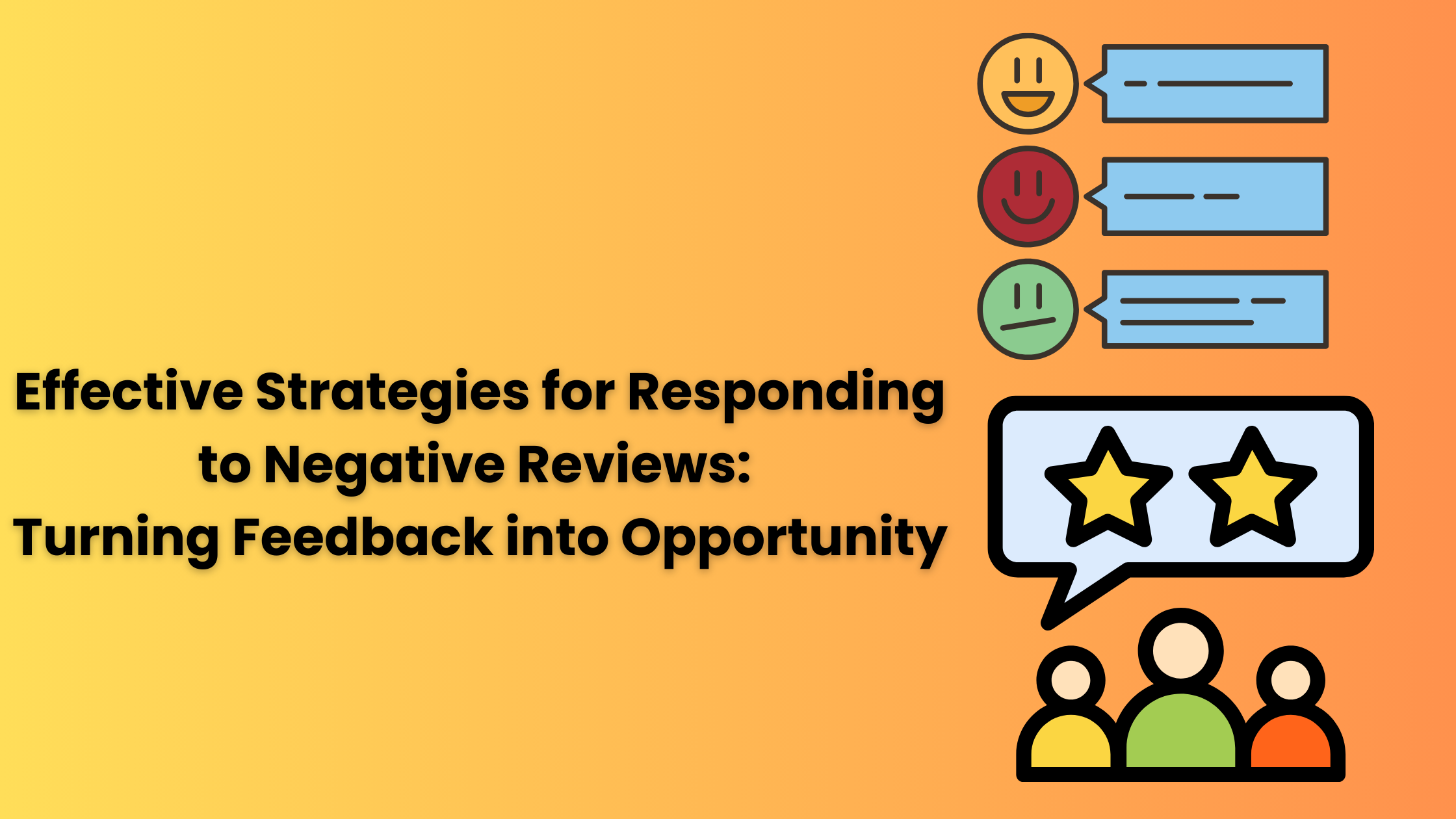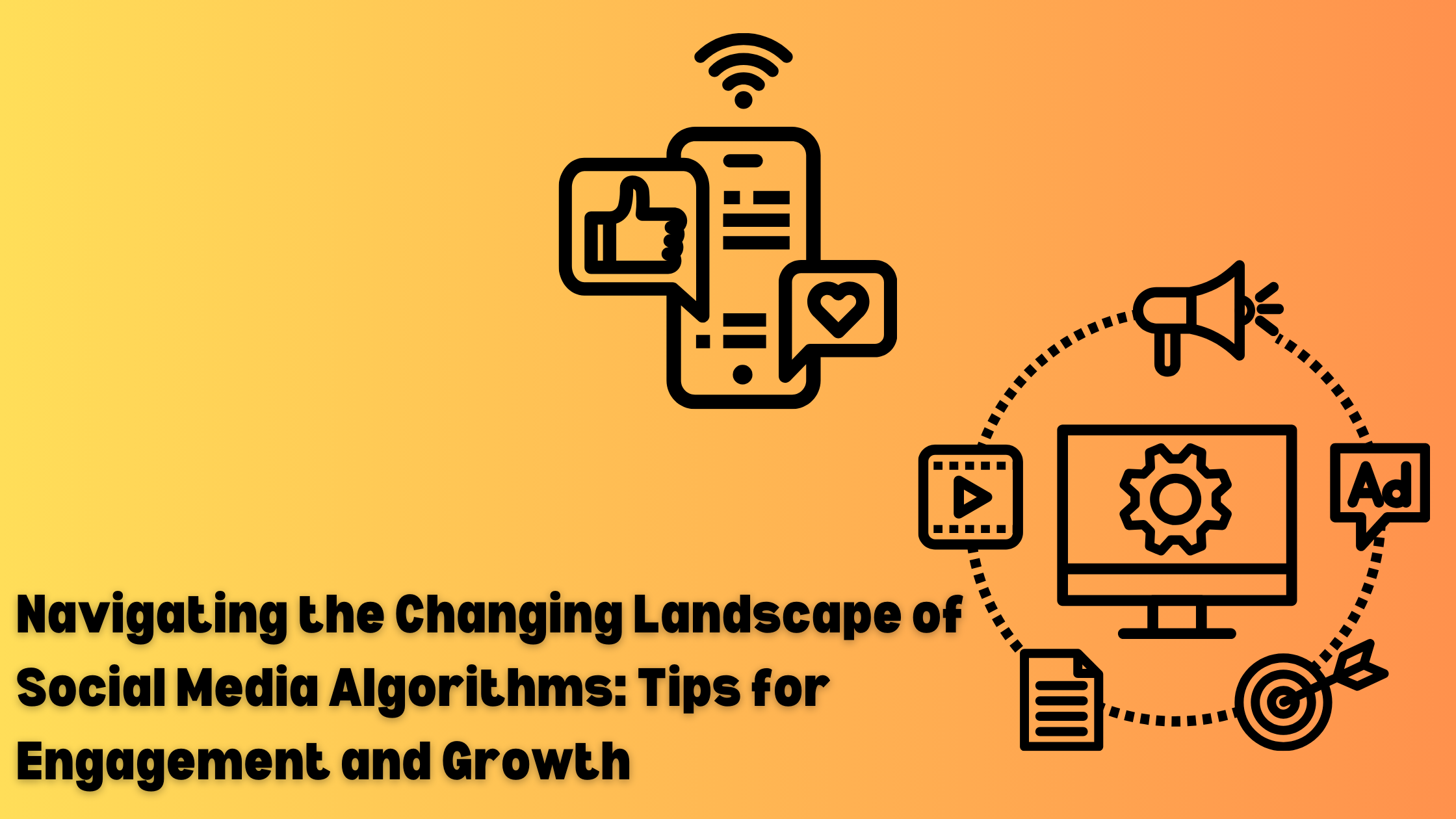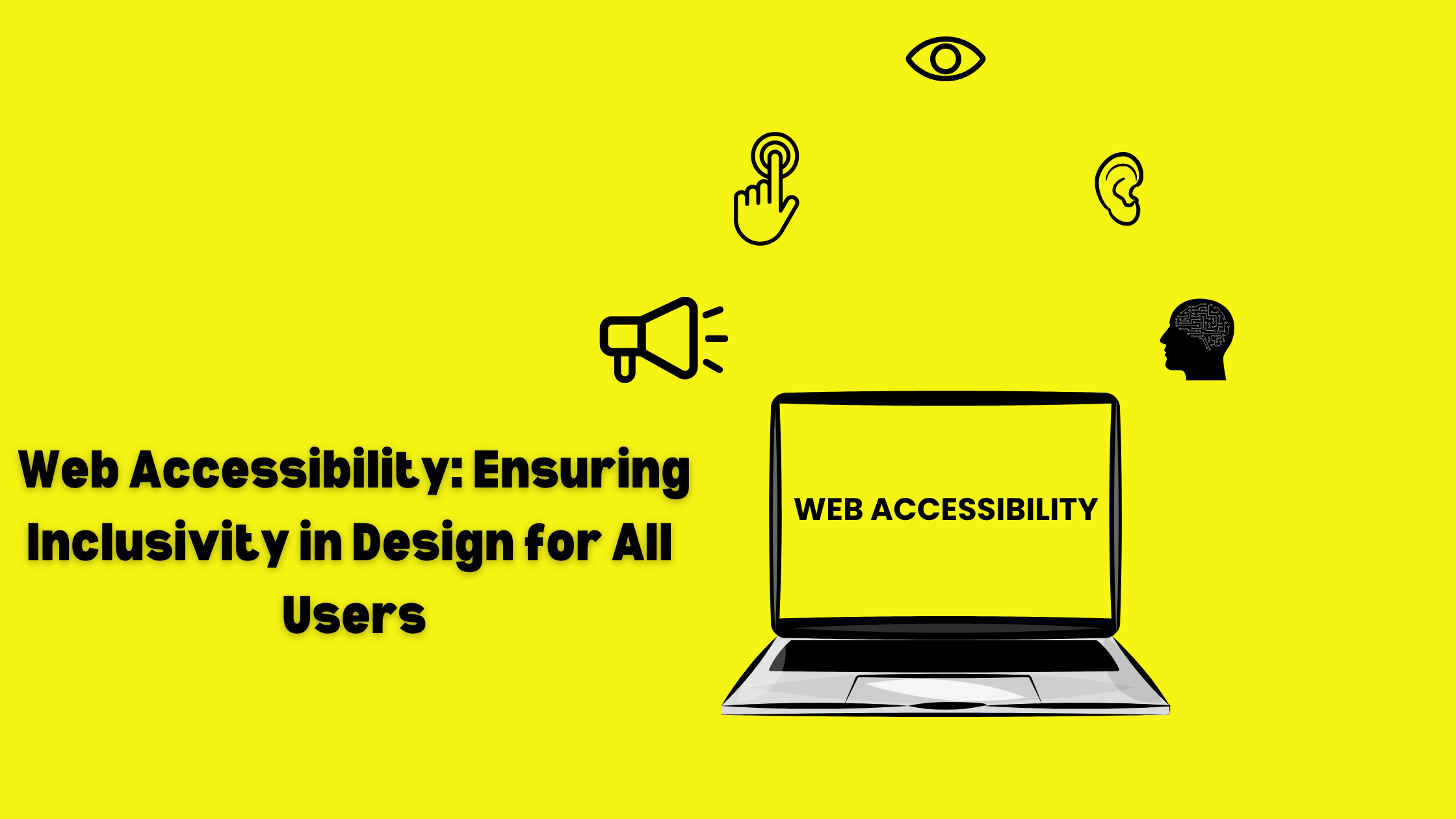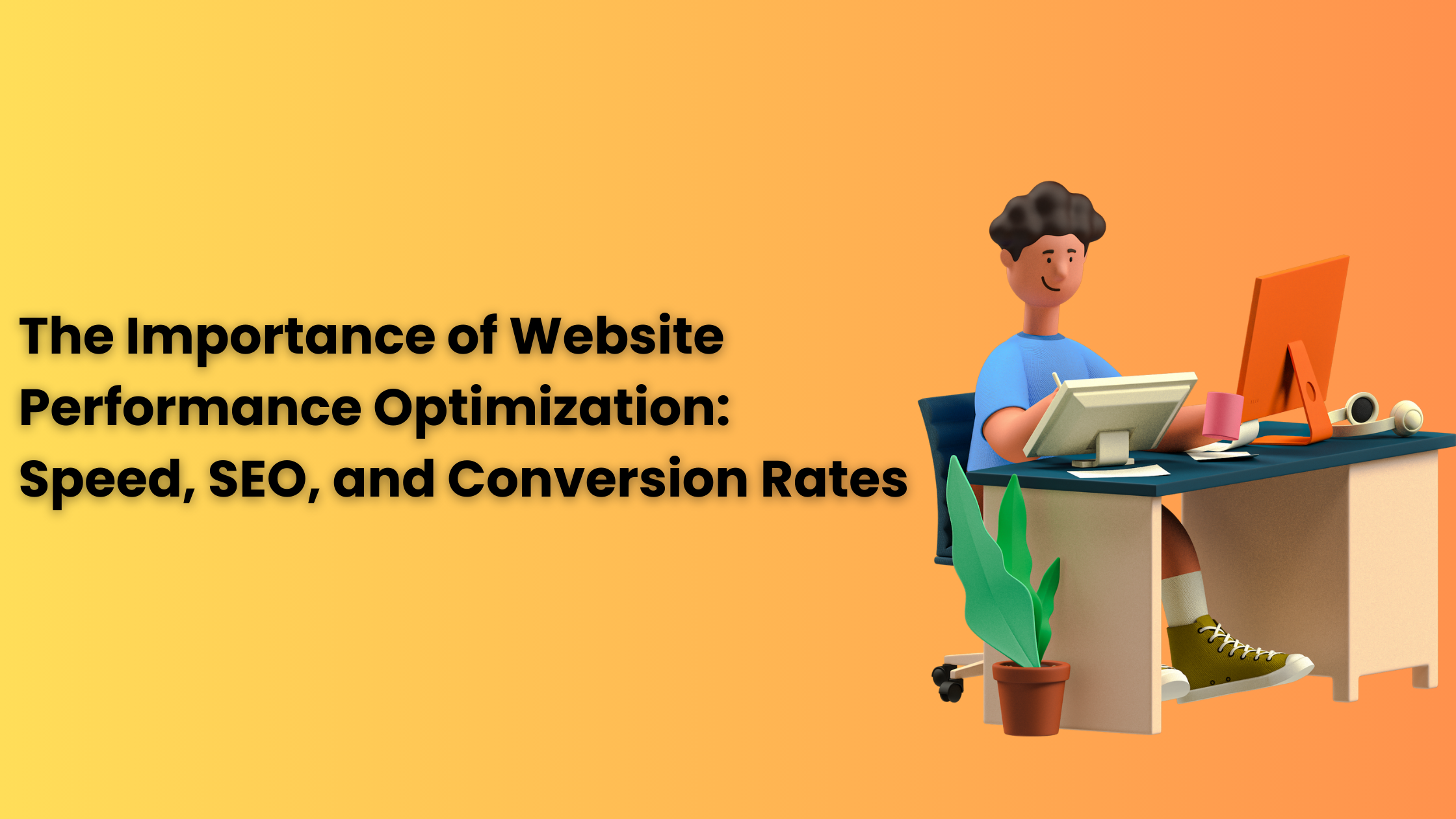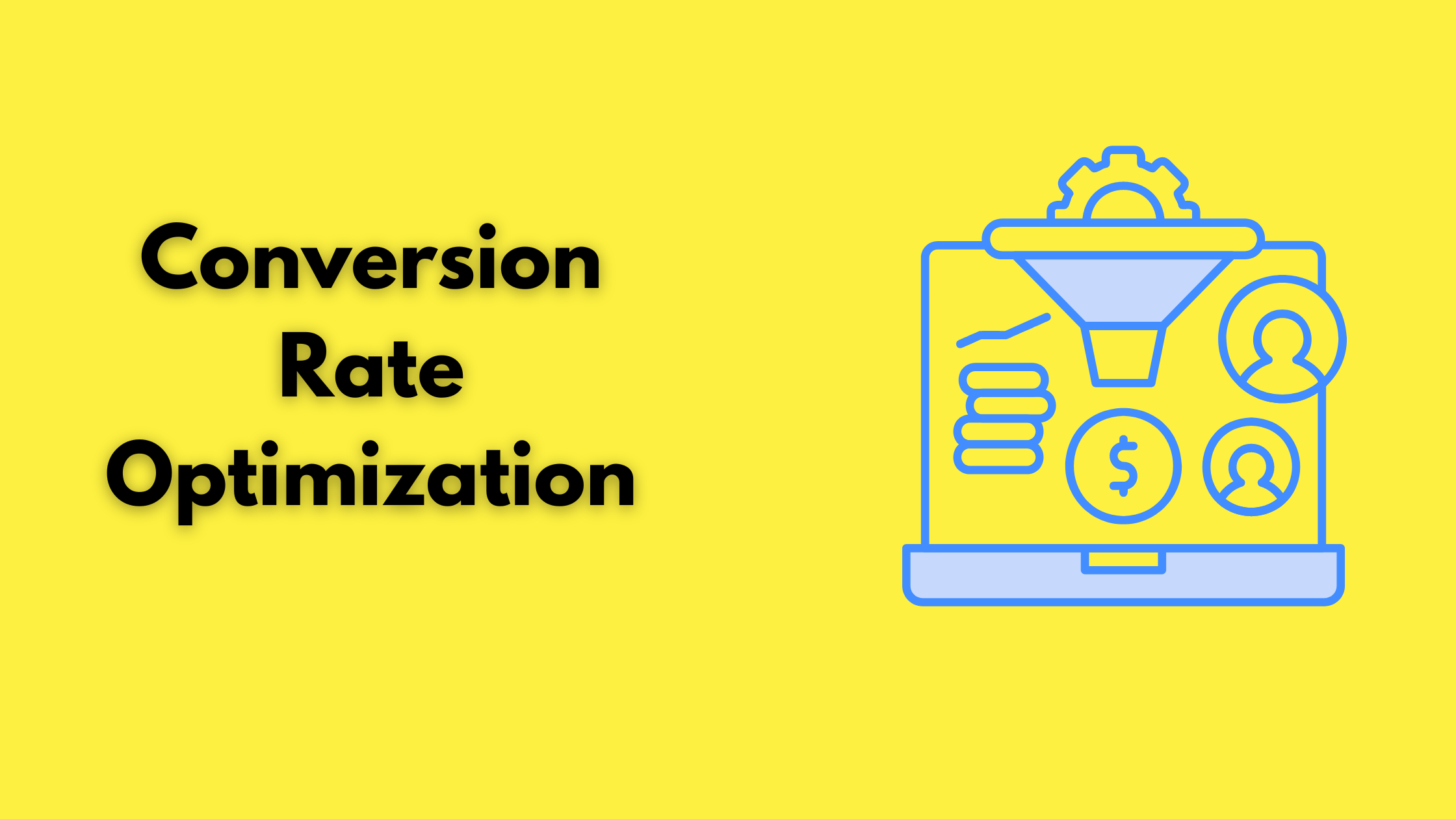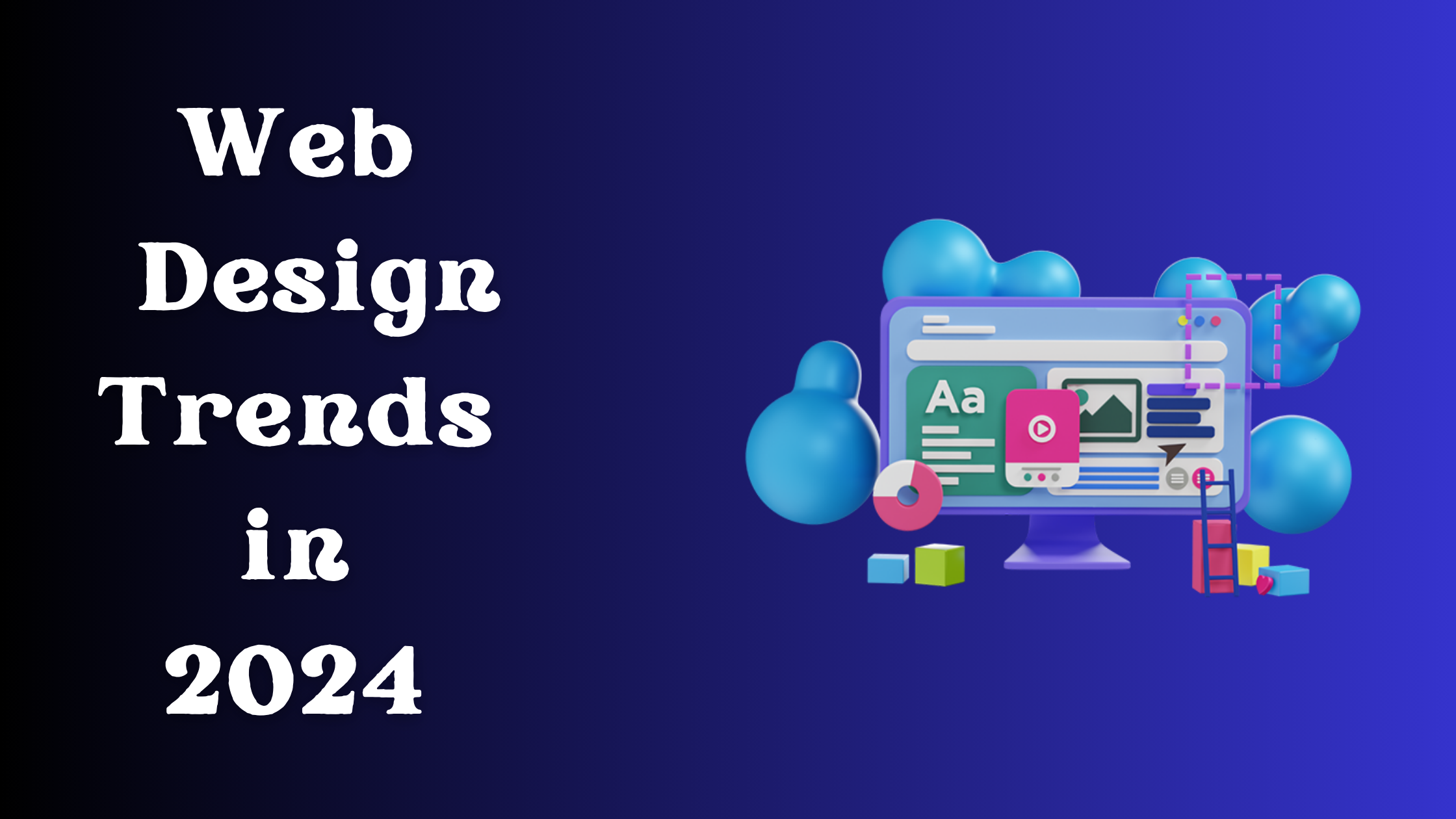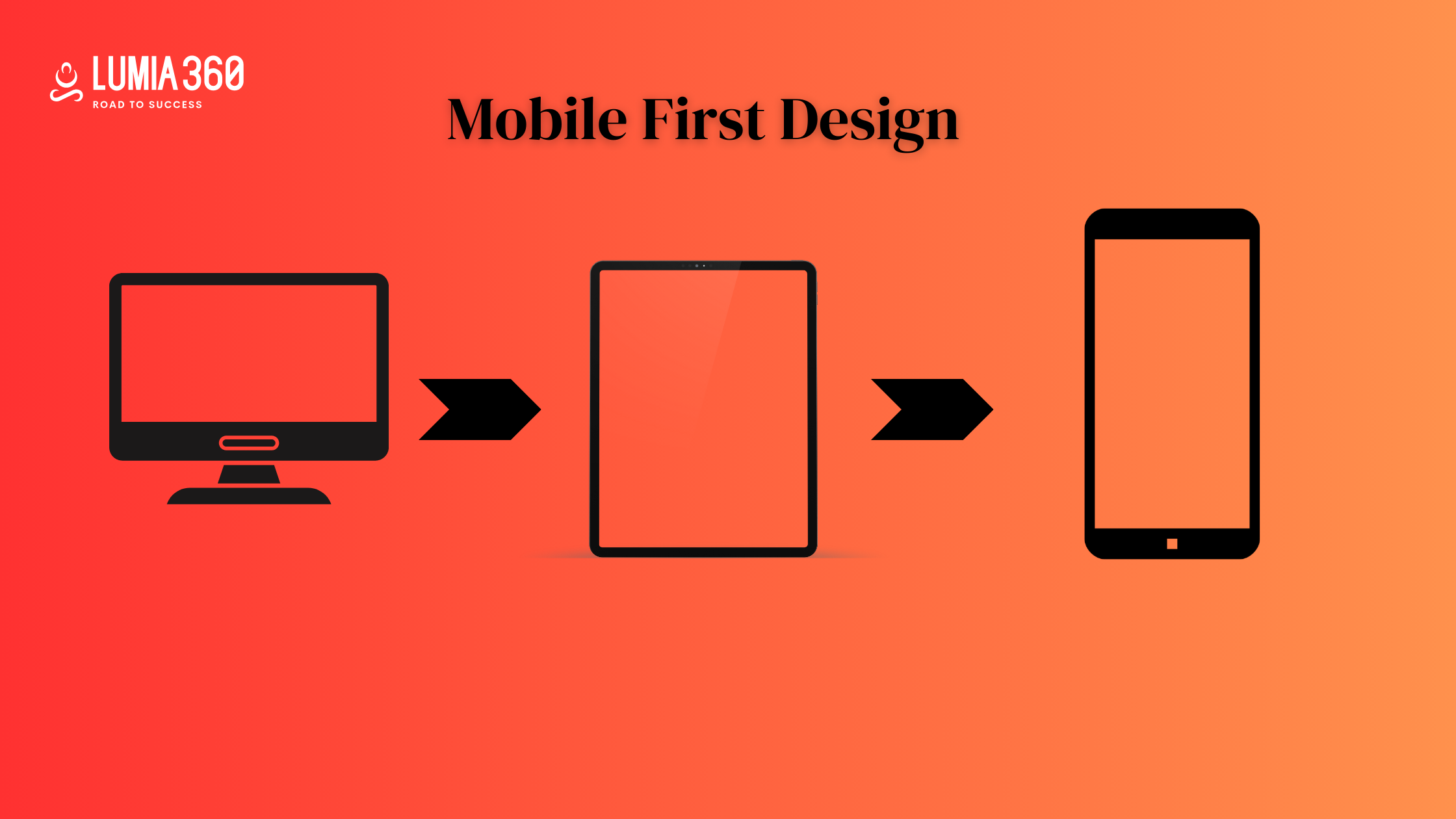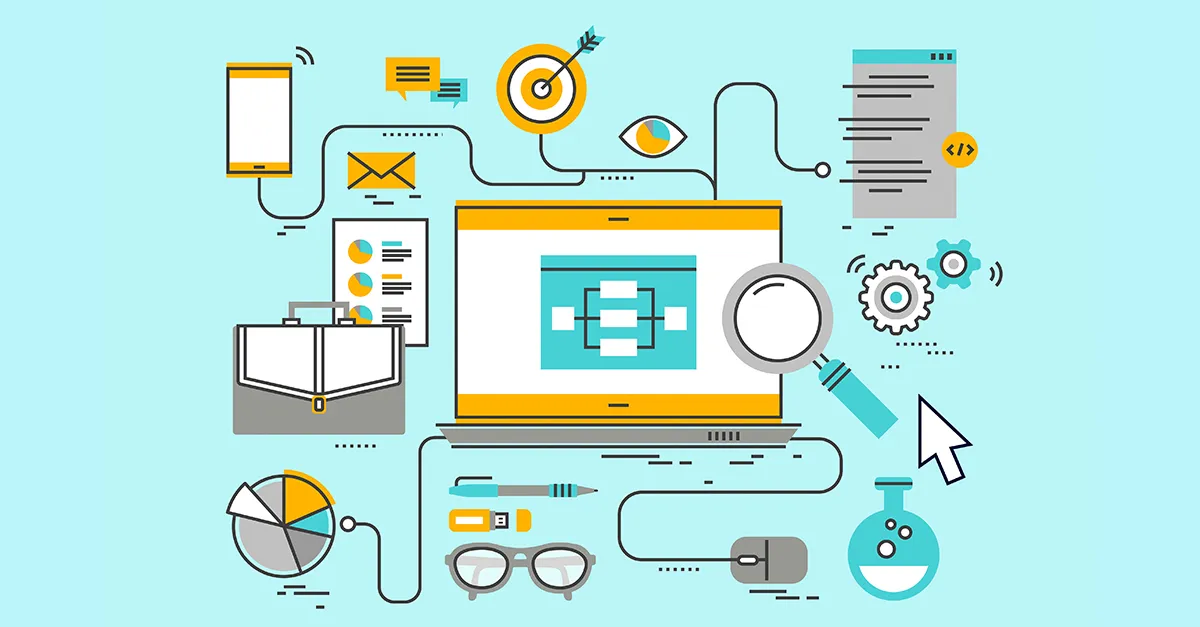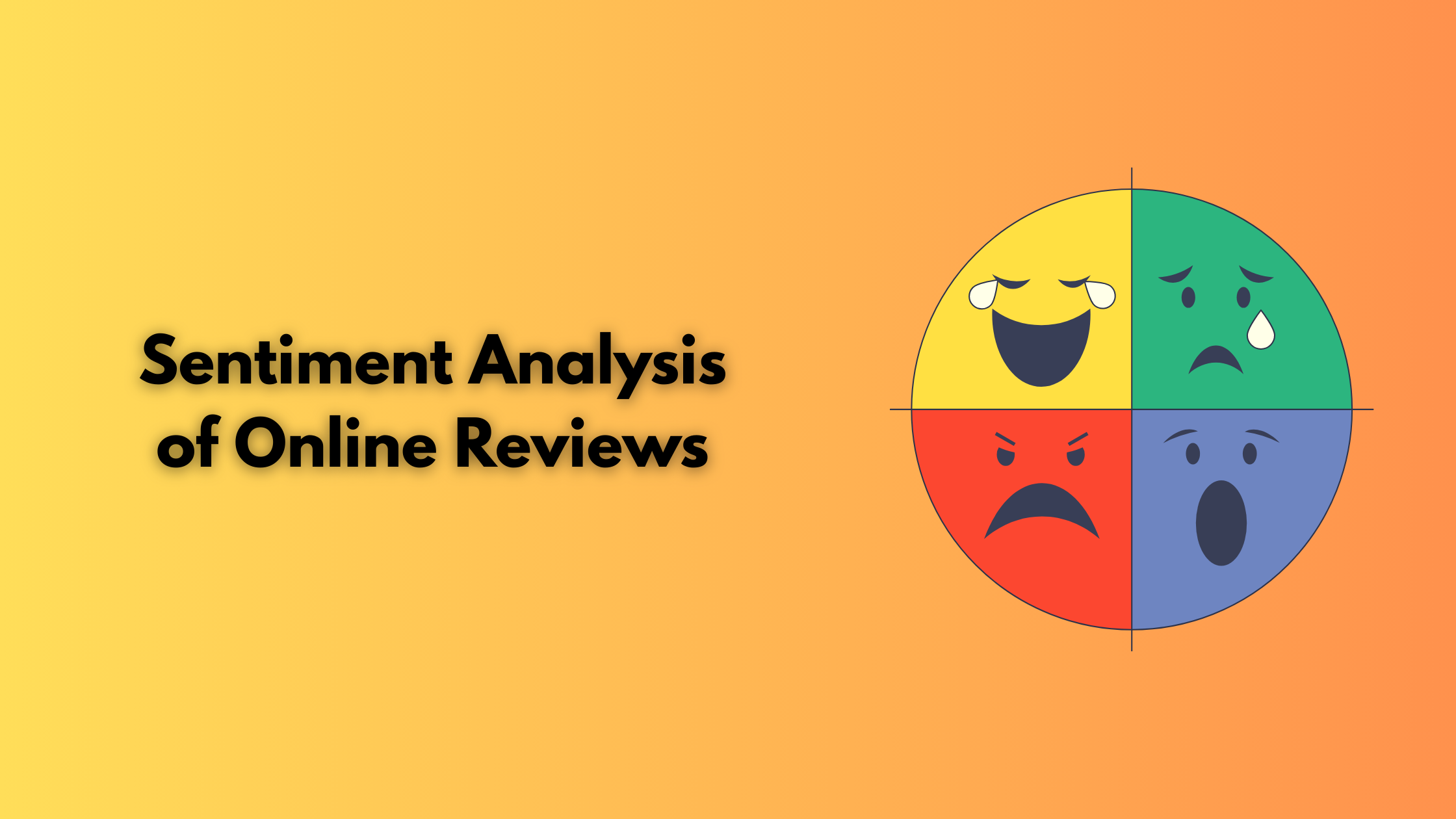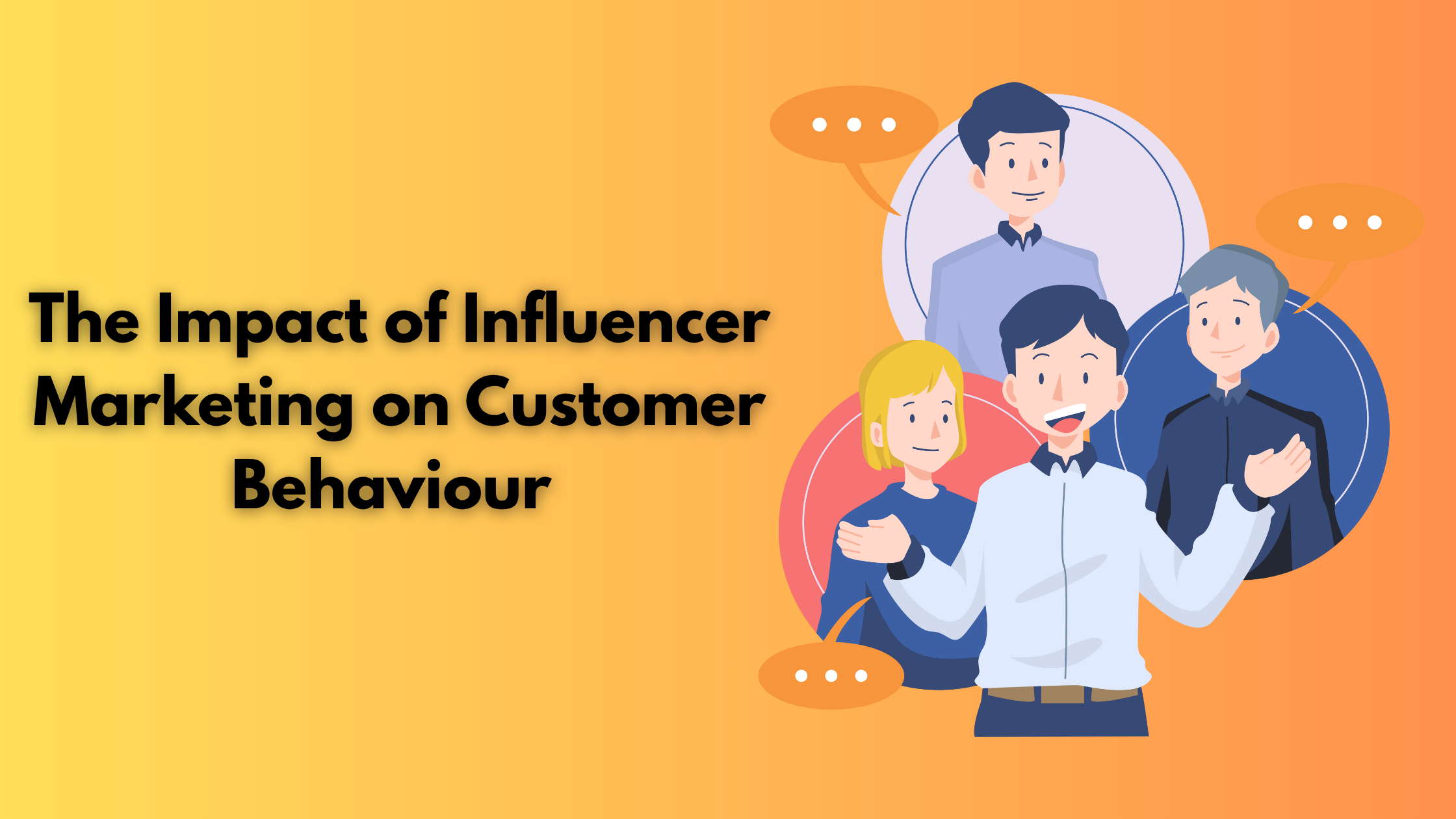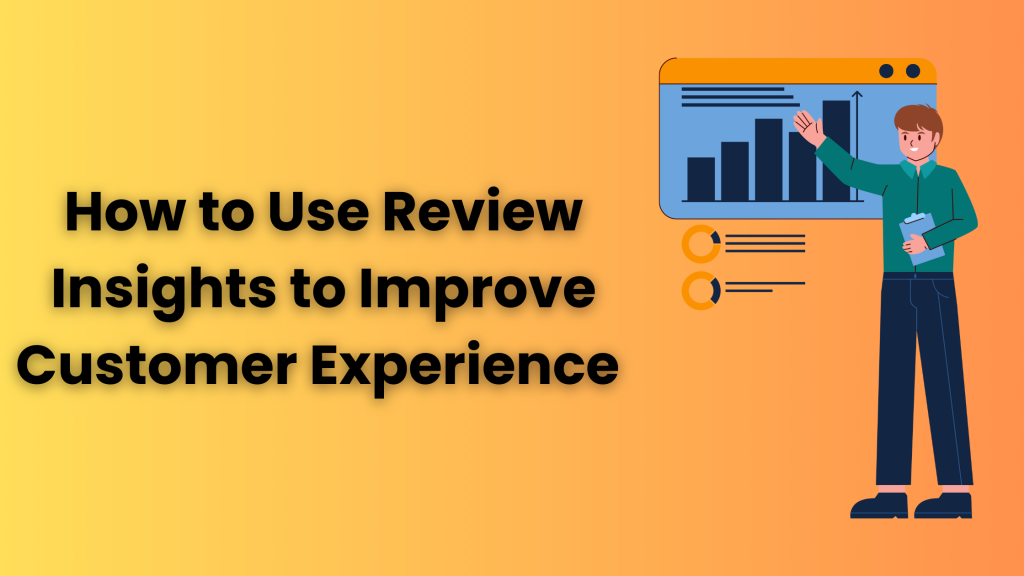
Every business preaches one sentence that the customer is number one for them and they cater solely to customers and their demands. However, how will you do it when you don’t know what your customers want, desire, and need?
Many brands and businesses are adopting data-driven strategies to build customer-centric strategies. With technological advancement, today collecting and monitoring data has become super easy. Companies that use data-driven strategies have witnessed a 30% increase in their growth. Customer insights add value to your business and help provide a smooth seamless user experience.
In this article, we’ll learn how to gather customer insights, why it is important, and much more!
How to gather customer insights?
You can make better decisions with the help of customer insights that you derive from customer feedback and other sources. To understand customer sentiment and behavior better, you must analyze quantitative data that you derive directly from data and qualitative data that helps in understanding why things are happening in a certain way. Here are some of the ways to gather customer insights
- Interview: One of the most effective ways of collecting qualitative data is in-depth interviews. It can be a personal interview with one individual at a time. It is a conversational method and helps in getting in-depth information about the respondent. You can motivate people and encourage them to take certain actions. You can ask follow-up questions to gather more additional information. It can be conducted face-to-face or via Zoom. It also provides an excellent opportunity for understanding the body language of the respondent.
- Reviews: Reviews are a great way to gather qualitative customer feedback. 52% of companies track online reviews and social media reviews. By tracking reviews, you can interact with customers and reduce the chance of a negative reputation.
- Questionnaire: You can use a questionnaire to understand the company’s overall performance or a particular service. You must create an engaging questionnaire so that users don’t abandon it midway. You can distribute this questionnaire via email or personally.
- Customer Sentiment Survey: Customer satisfaction or star rating can be effective in testing one specific feature of a website or a particular service. Measuring and analyzing customer satisfaction with digital experience is possible only by asking customers how they feel and their motivations. Net Promoter Score (NPS) is an example of a customer sentiment survey. NPS is a market research metric that is a single survey question that asks respondents to rate the likelihood that they would recommend a product or service to other users. It helps in testing customer loyalty.
- A/B Testing: Product user data influences major business decisions. For this reason, A/B testing is very important. If you want to know which feature works best for you, where you should invest more resources, etc. It is an effective way of collecting real-time user data.
- Behavioural Data: Customer behavior can be understood by studying what they say and how they behave on your website or product. Using analytics platforms such as Google Analytics for heat mapping, and third-party analytics such as Lumia 360, etc can help you find a result from your data. Keyword research tools such as Ahrefs, Google Trends, etc can help you understand what users are searching for.
- Social Listening: By using tools such as Digimind, you can track conversations related to your brand through social listening. You can also track major keywords, product names, competitors’ tags, etc to study what the audience is saying and searching.
- Chatbot Data: According to a report, In 2021, 20% of companies Implemented a chatbot to enhance customer service. By using chatbots, brands interact more frequently with potential customers, It helps in providing a smooth customer experience.
- Support Tickets: Your customer support is the first place your customers will contact you in case of trouble. By understanding common pain points in support tickets, you can improve your services.
Why is review insight important?

Review insight is very important to understand customer preferences and experiences. Here are some of the other reasons why review insight is important.
- Enhance Customer Experience: Review insights help in understanding customer’s needs, expectations, and preferences. You can also identify key areas of improvement. It also helps in enhancing customer satisfaction which boosts customer loyalty.
- Reputation Management: Review insights help brands monitor and manage their reviews and respond to customer feedback. You can analyze negative reviews to resolve customer issues and complaints. At the same time, you can highlight your positive reviews to attract new potential customers. This can help in building a strong positive reputation for your brand.
- Competitive Advantage: Review insights help in staying ahead ofthe competition. It helps in identifying the gap in the market and the scope for differentiation. You can highlight your Unique Selling Point (USP) that makes you stand out from the competition. You can create strategies to promote it. It also helps in increasing the market share by attracting new audiences and retaining existing audiences.
- Conversion: Review insights help in optimizing business strategies which can lead to conversion and revenue. By understanding review insights you can improve your website’s performance and landing page design. It also helps in boosting customer loyalty.
- Product Development: Review insights help in identifying key areas of product development. You can also develop new products that meet customers’ needs and wants. It also helps provide a smooth customer experience.
How to enhance customer experience

Some of the ways to engage customer experience using review insights are
- Addressing Pain Points: Analyze negative reviews to understand areas of improvement. Timely response to customer feedback, and concerns. Try to resolve customers’ pain points or complaints to enhance the overall customer experience.
- Improve Product: Study data to understand the areas of product improvement. You can also identify new areas of customer interest to start a new product or service.
- Customer Support: Enhance the response time and resolution rate for better customer service. Offer multichannel support such as social media, email, phone, etc.
- Personalize Customer Experience: Use customer data to personalize customer experience. Based on customers’ interests, offer recommendations. To create a more personalized experience you should add a more humanistic approach and experience by using customers’ names, etc.
- Use Technology: Use AI and chatbots to provide quick 24/7 solutions. Use customer data platforms to combine customer data and provide personalized experience. Implement a customer experience management software to monitor and analyze customer experience metrics.
- Train Employees: Train your employees in giving appropriate responses to customers. Provide quick solutions to their problems and issues. Use employee feedback to find areas of improvement. You can award employees who provide smooth customer service.
- Track Metrics: Track Net Promoter Score (NPS) and customer satisfaction to measure customer experience. Use data to make smart decisions that improve customer experience.
Using customer insights you can make better decisions, build strong long-term relationships, improve products and services, etc. Largely it helps in providing a smooth customer experience and attracts new potential customers. Lumia 360 will help you in managing your research if you lack the required information and resources. Our team of experts can help you in designing, writing, and building digital marketing strategies to boost your ROI.
Read Also: The Importance of Compliance with Review-Related Regulations
Read Also: Color theory in Web Design



